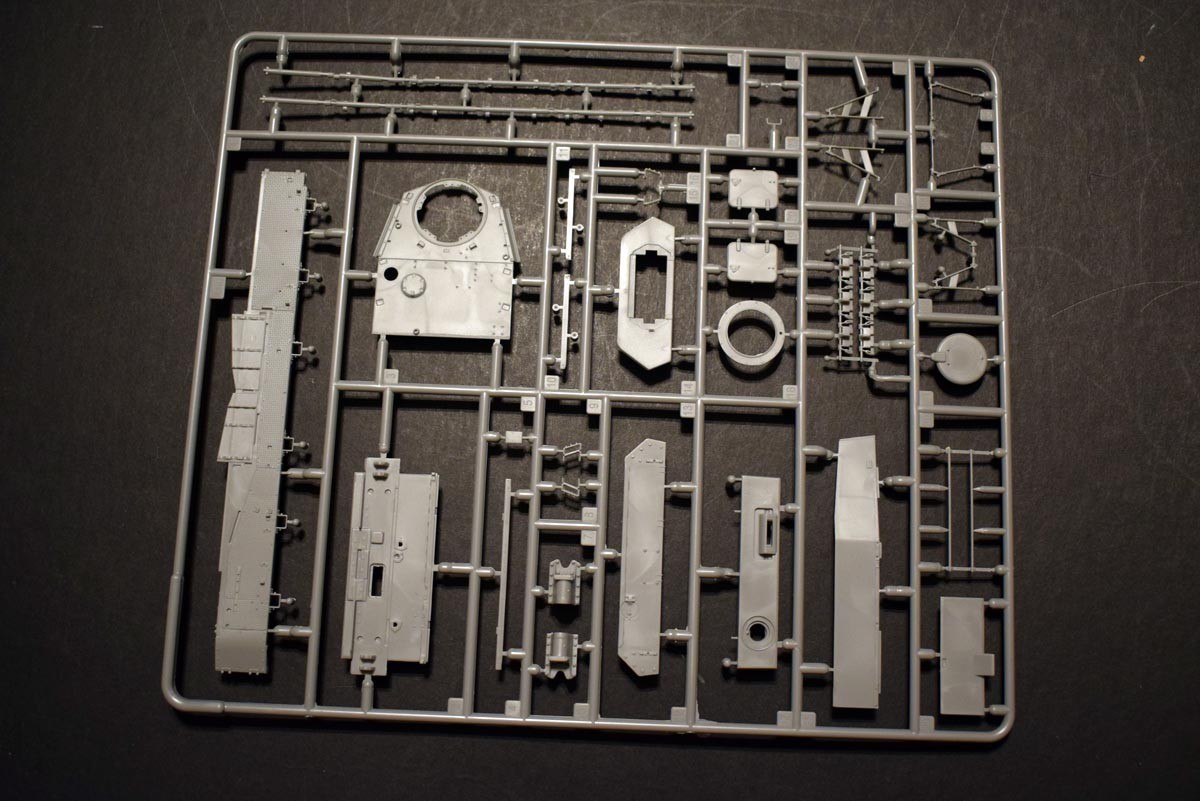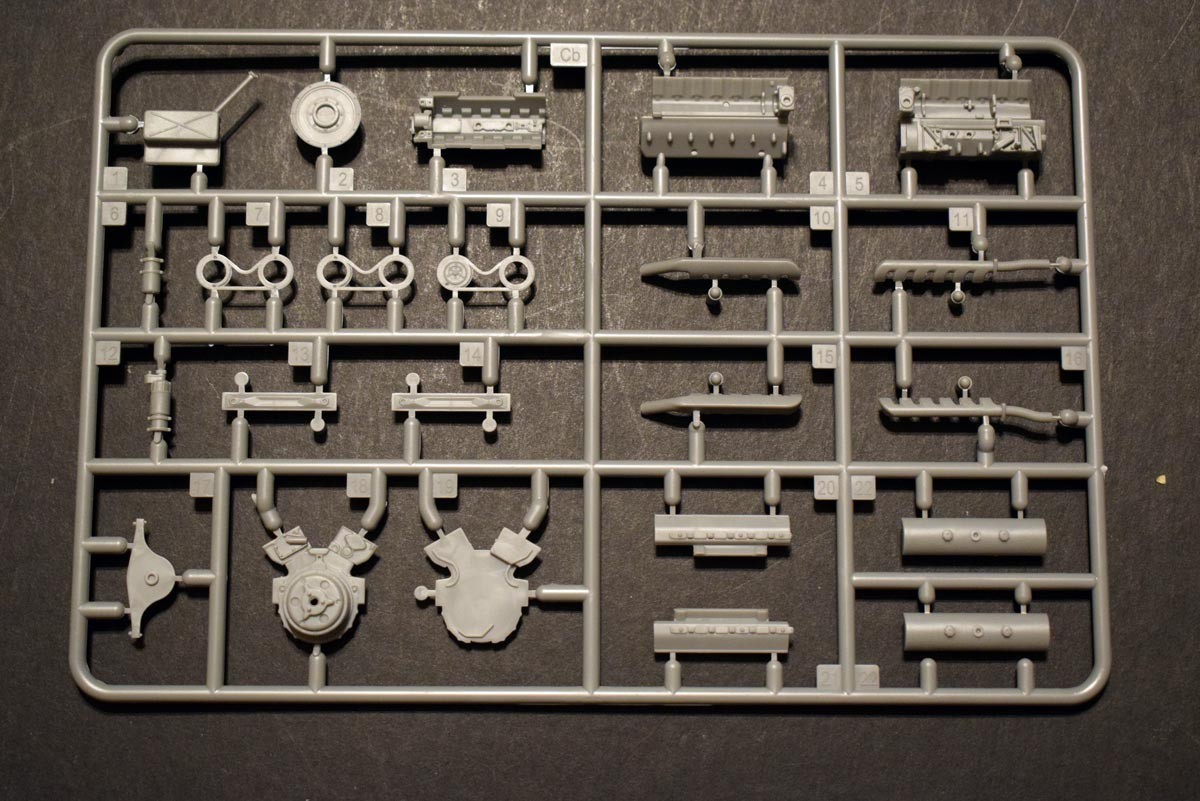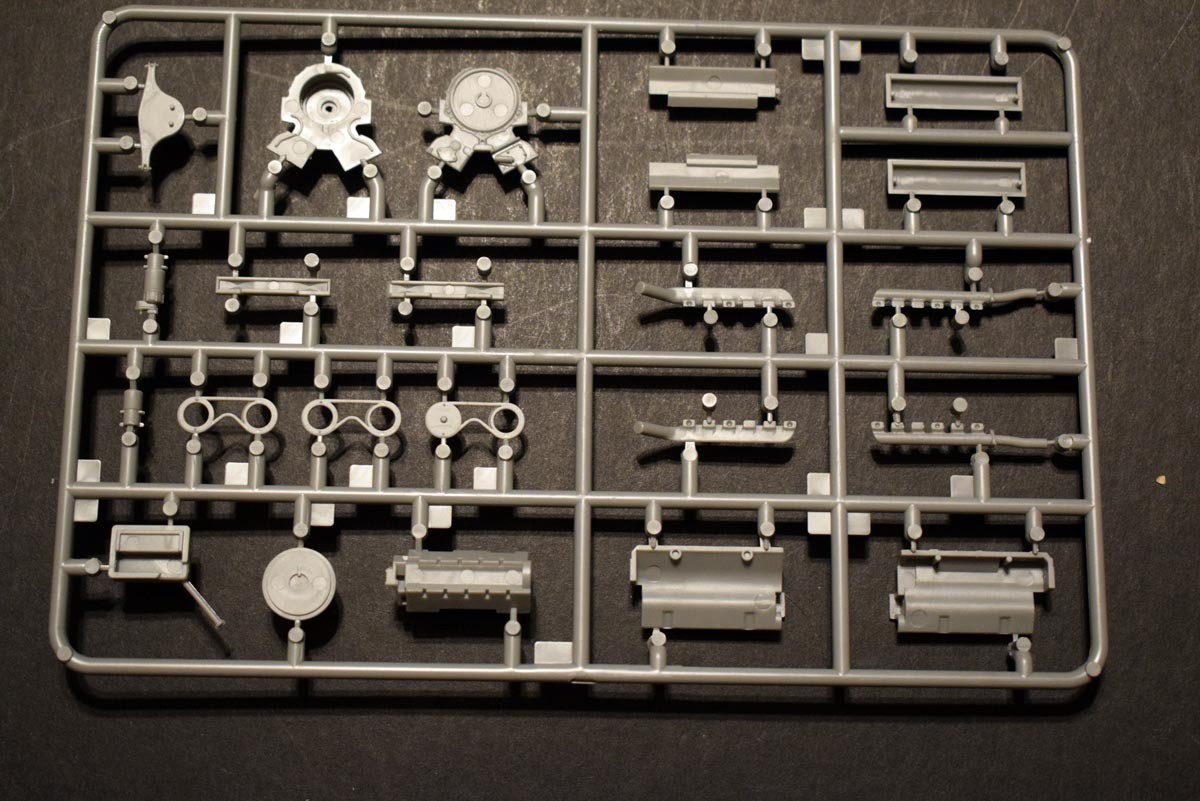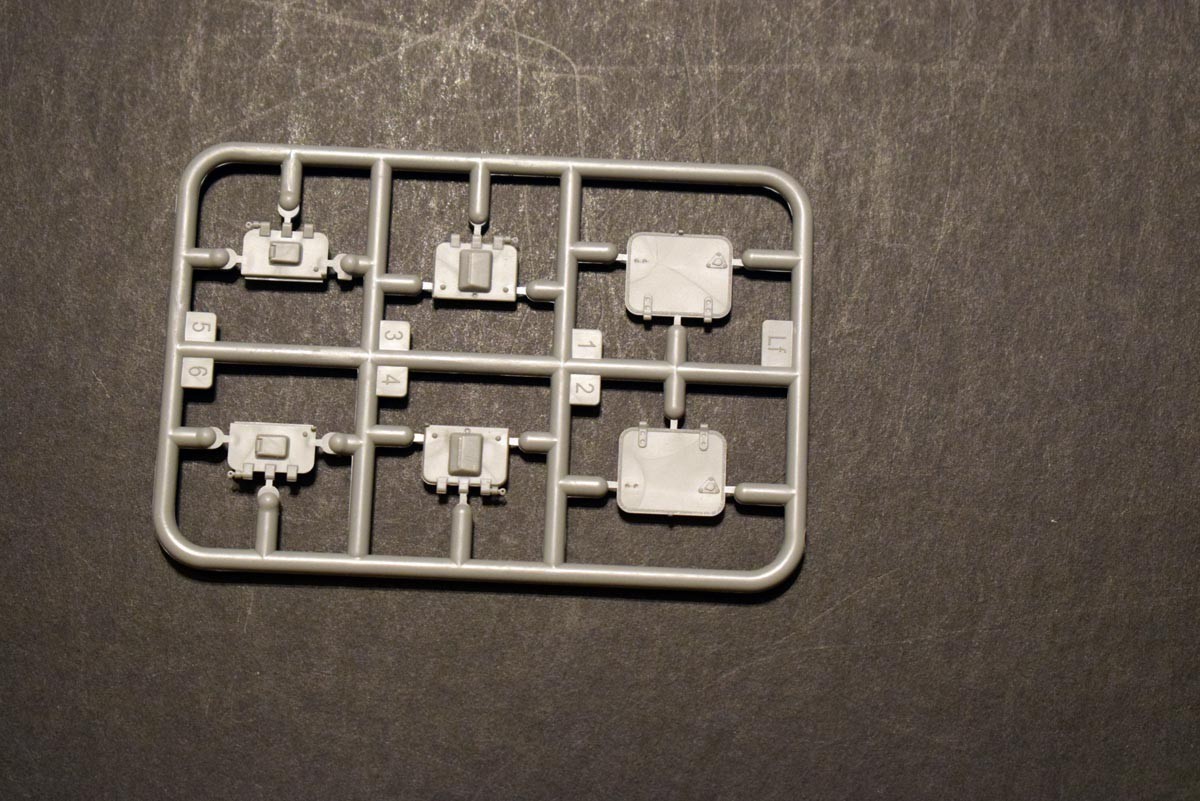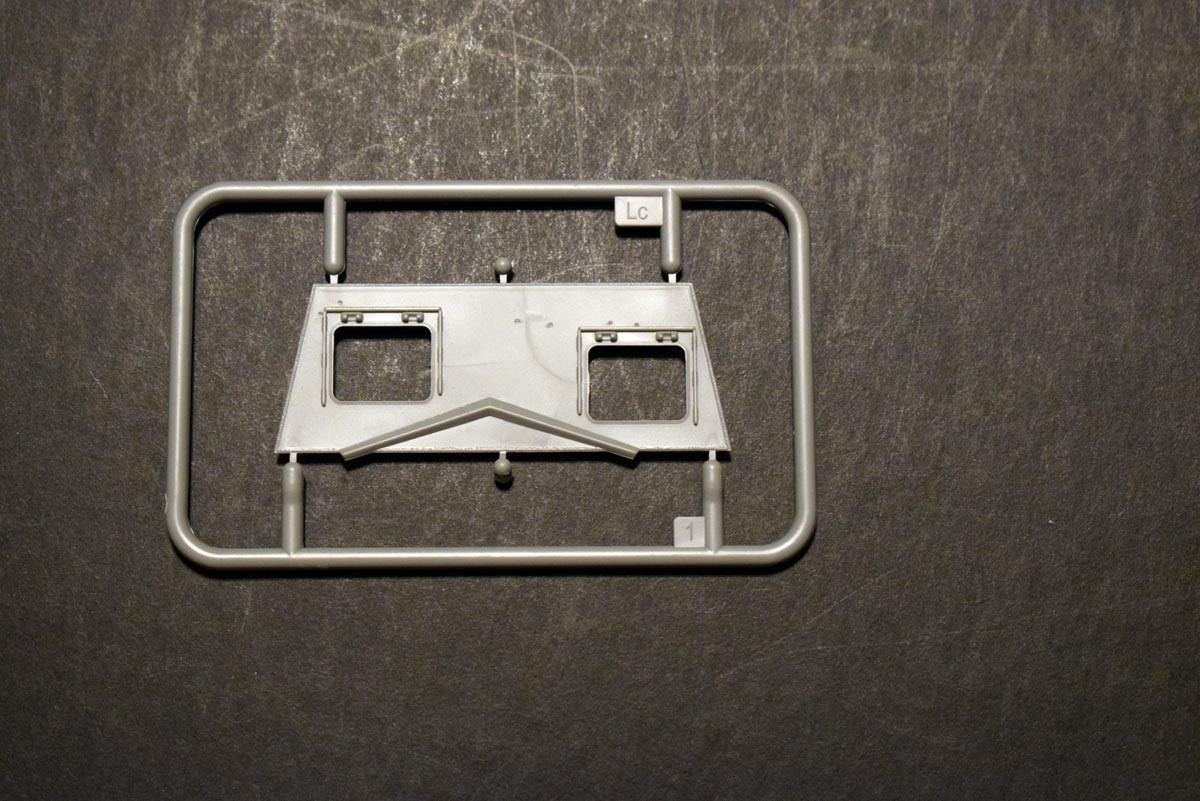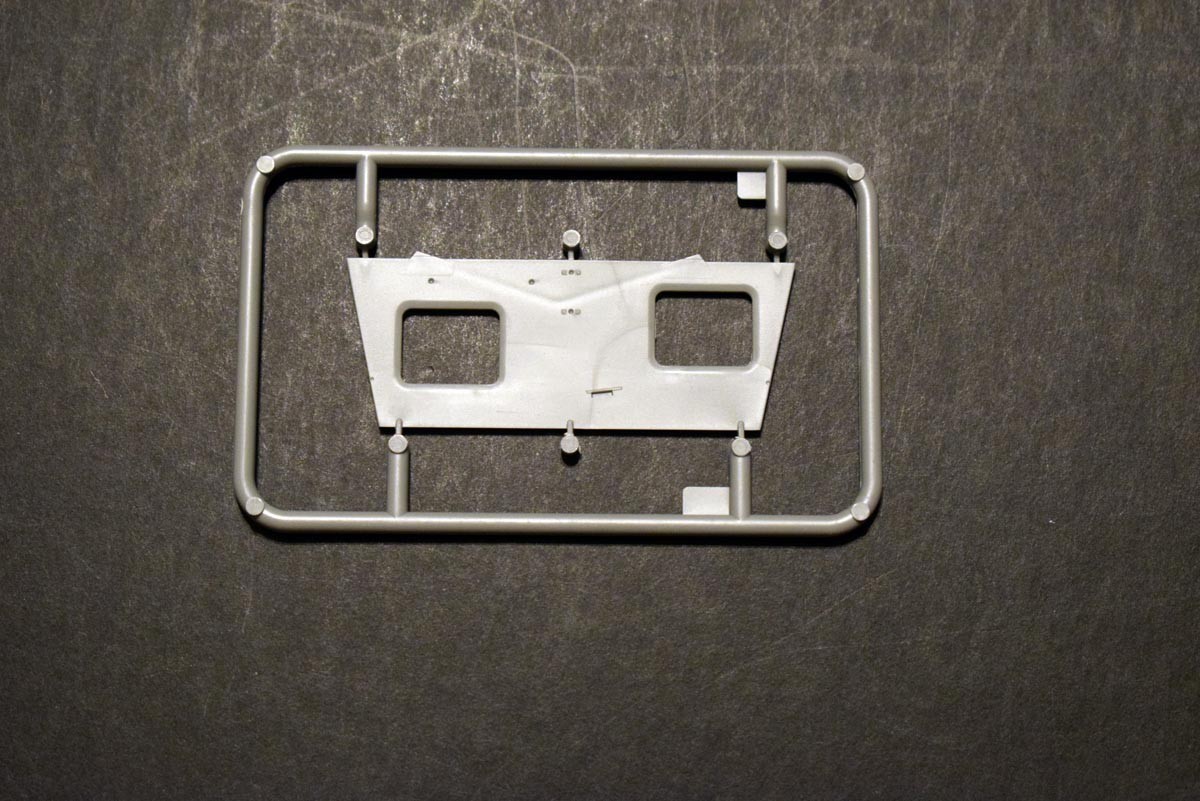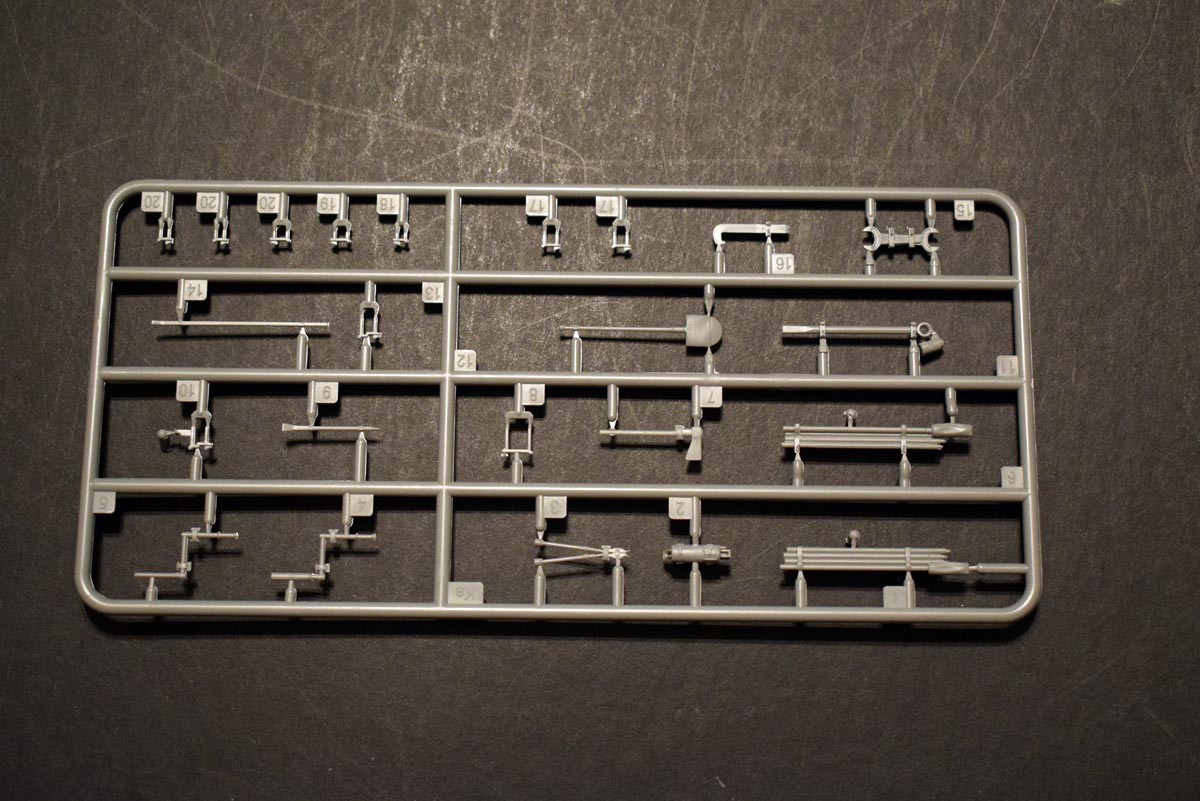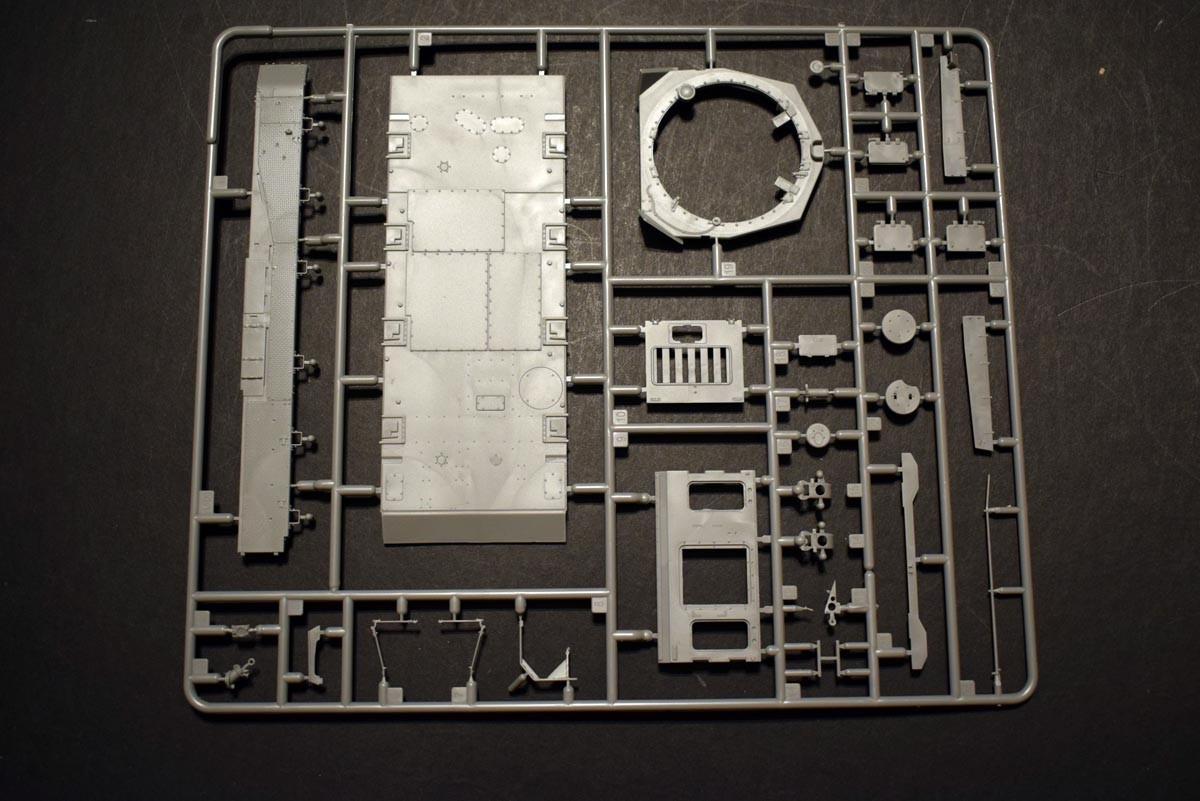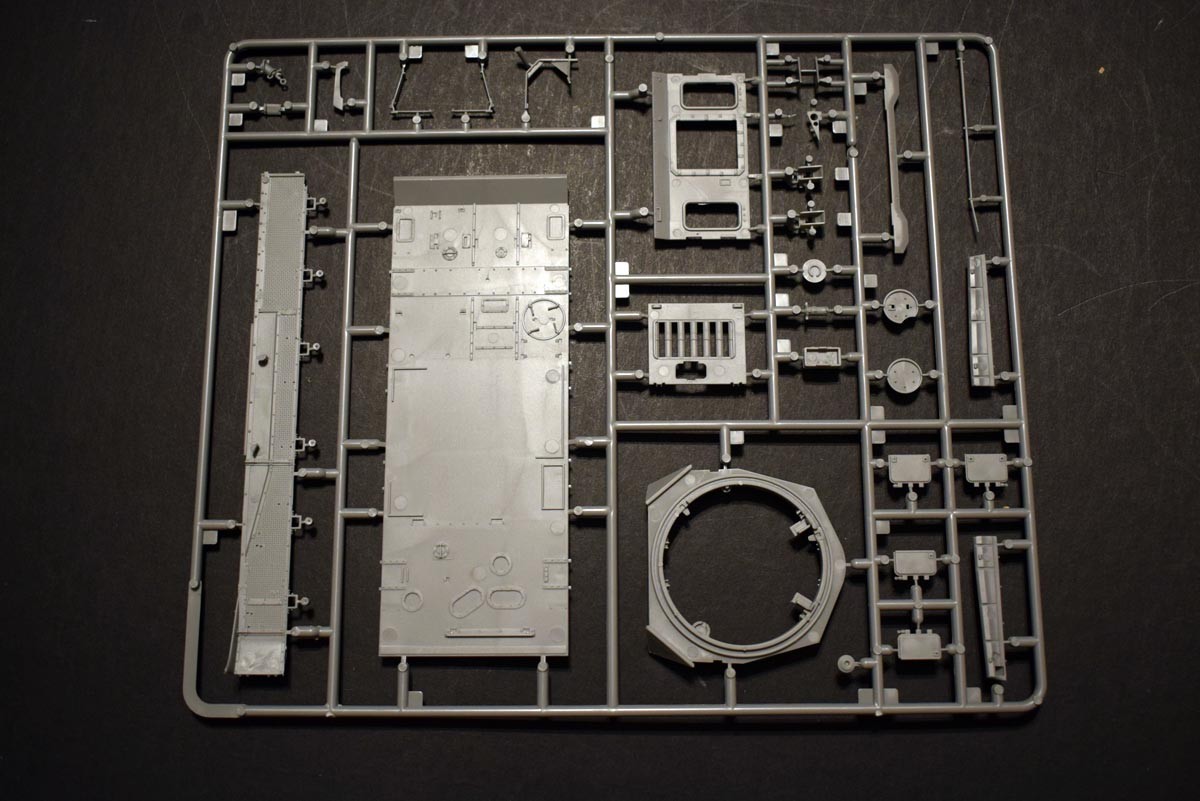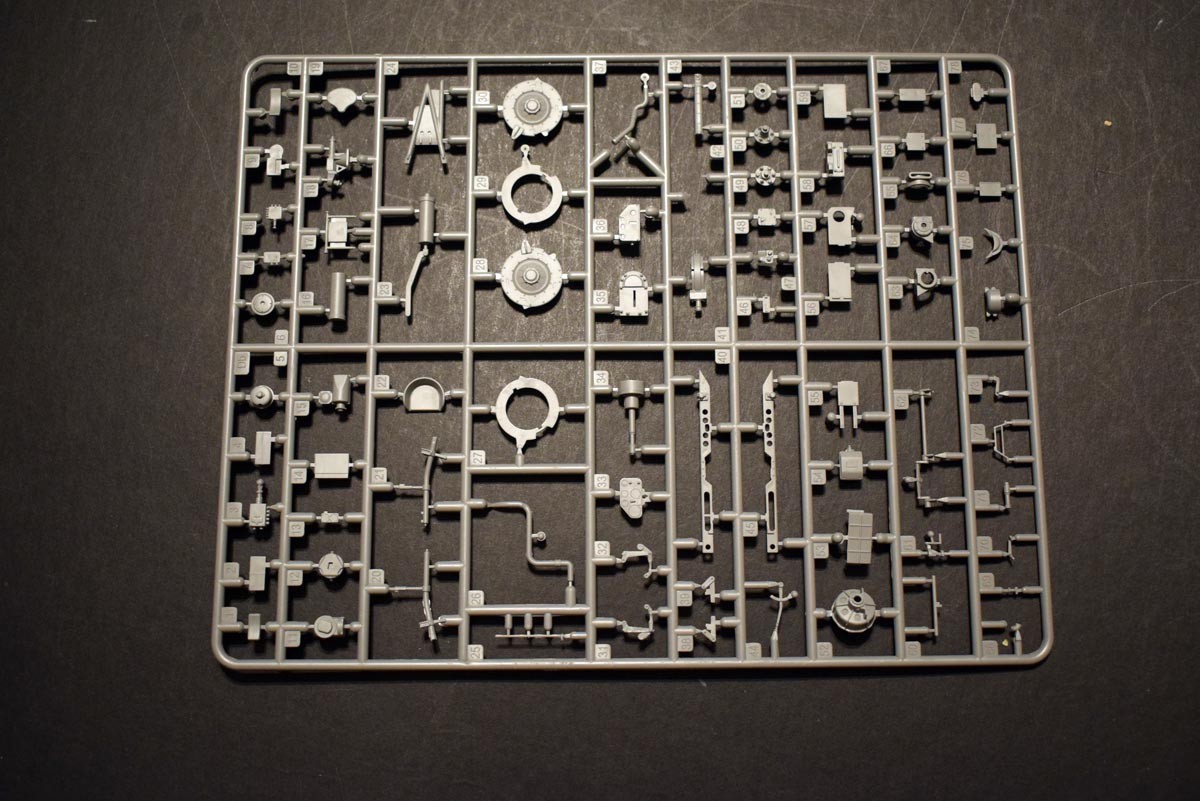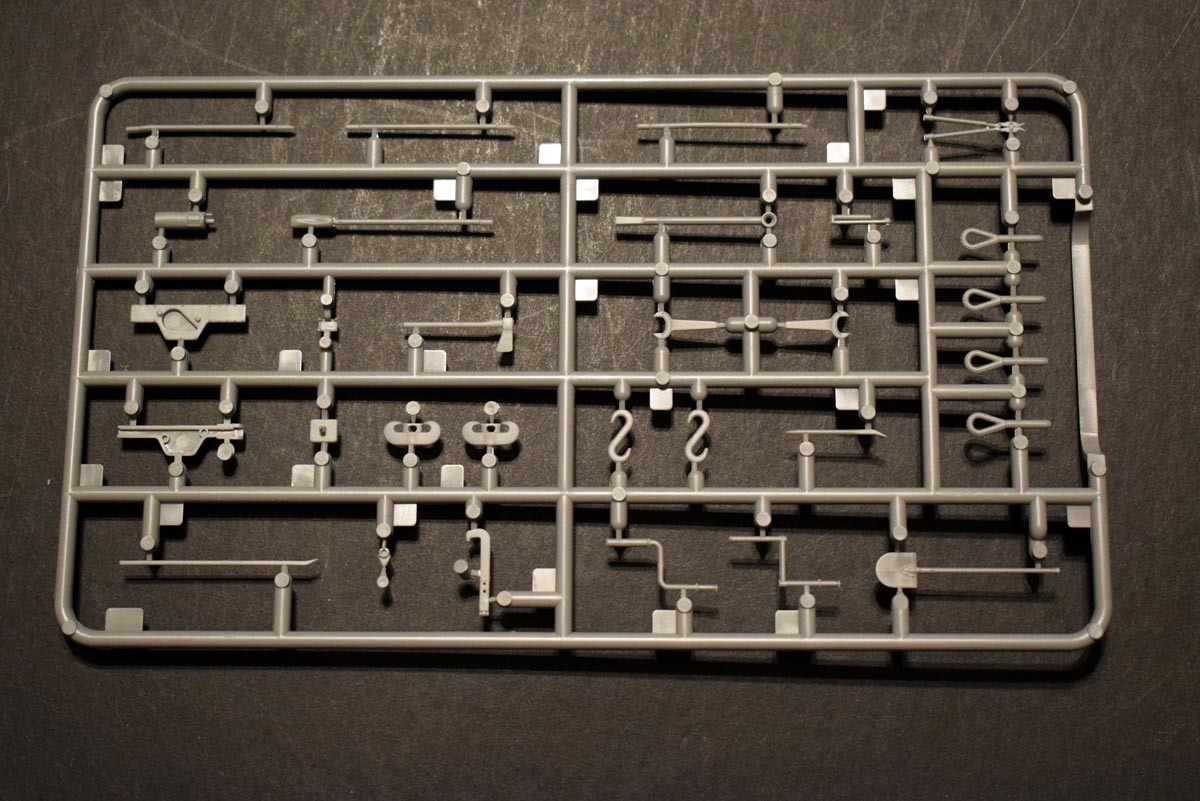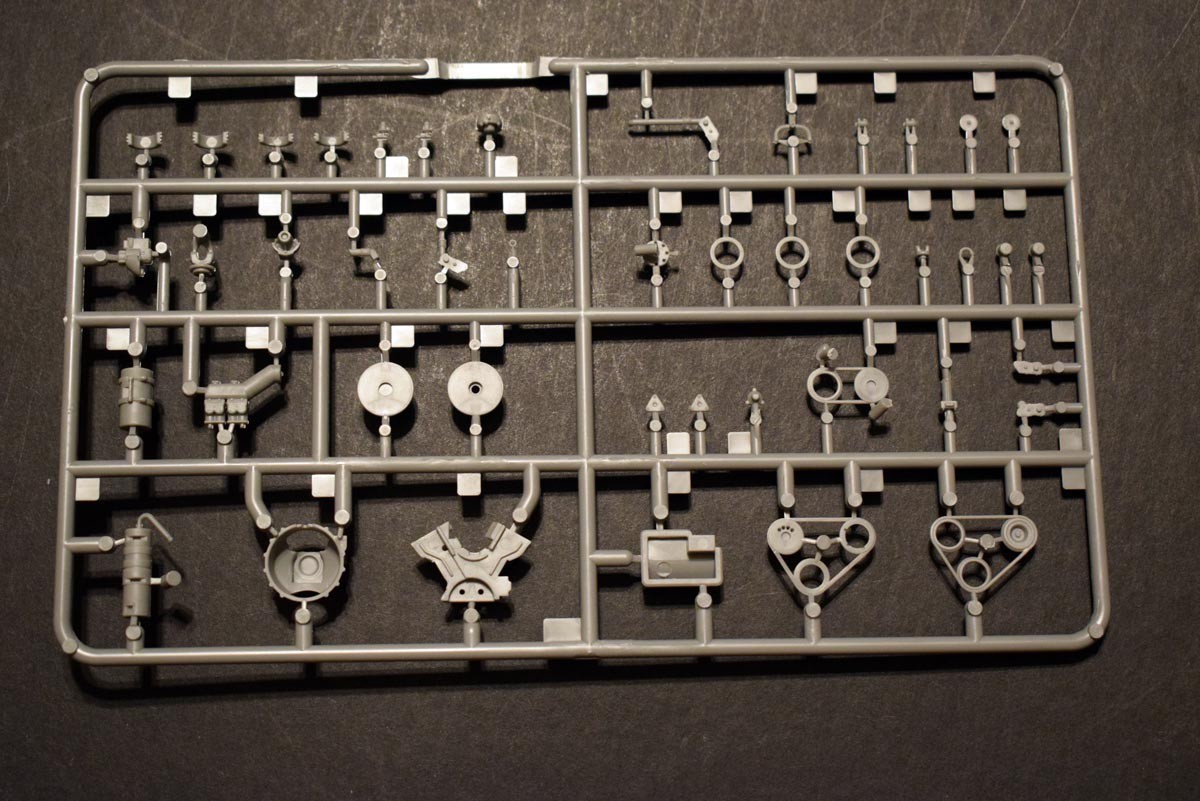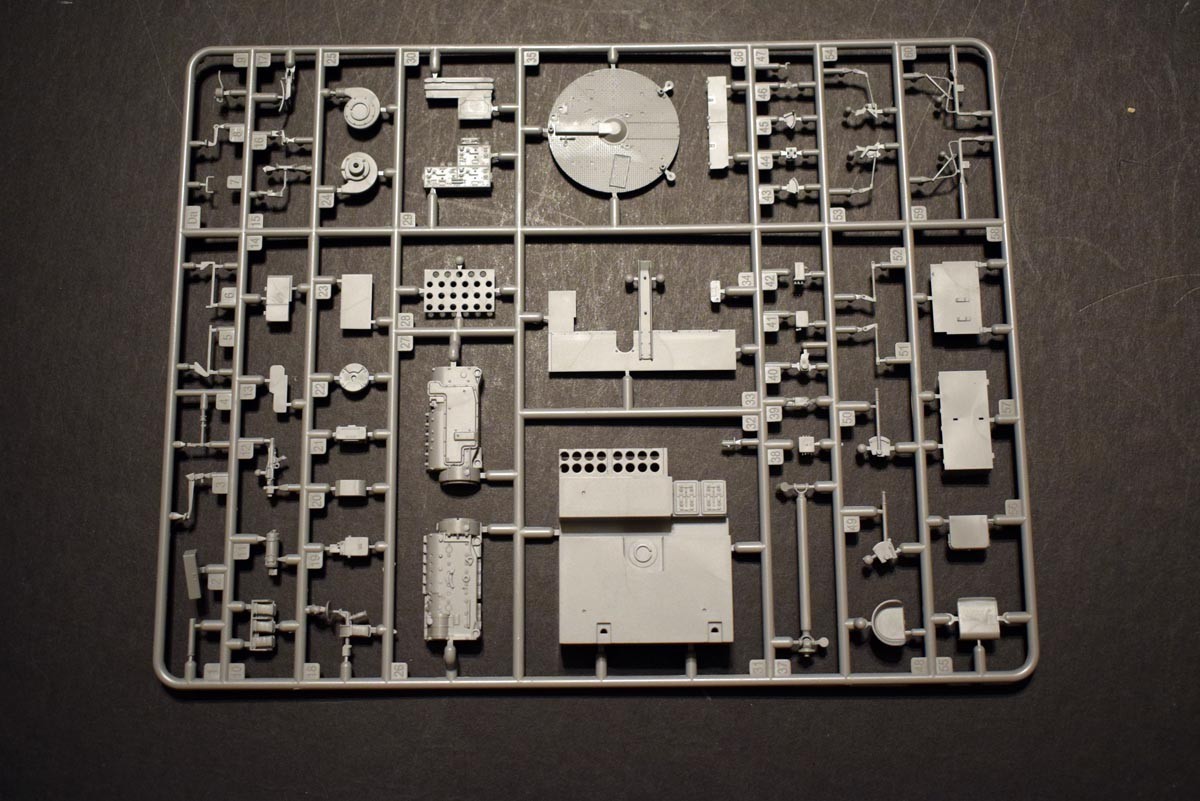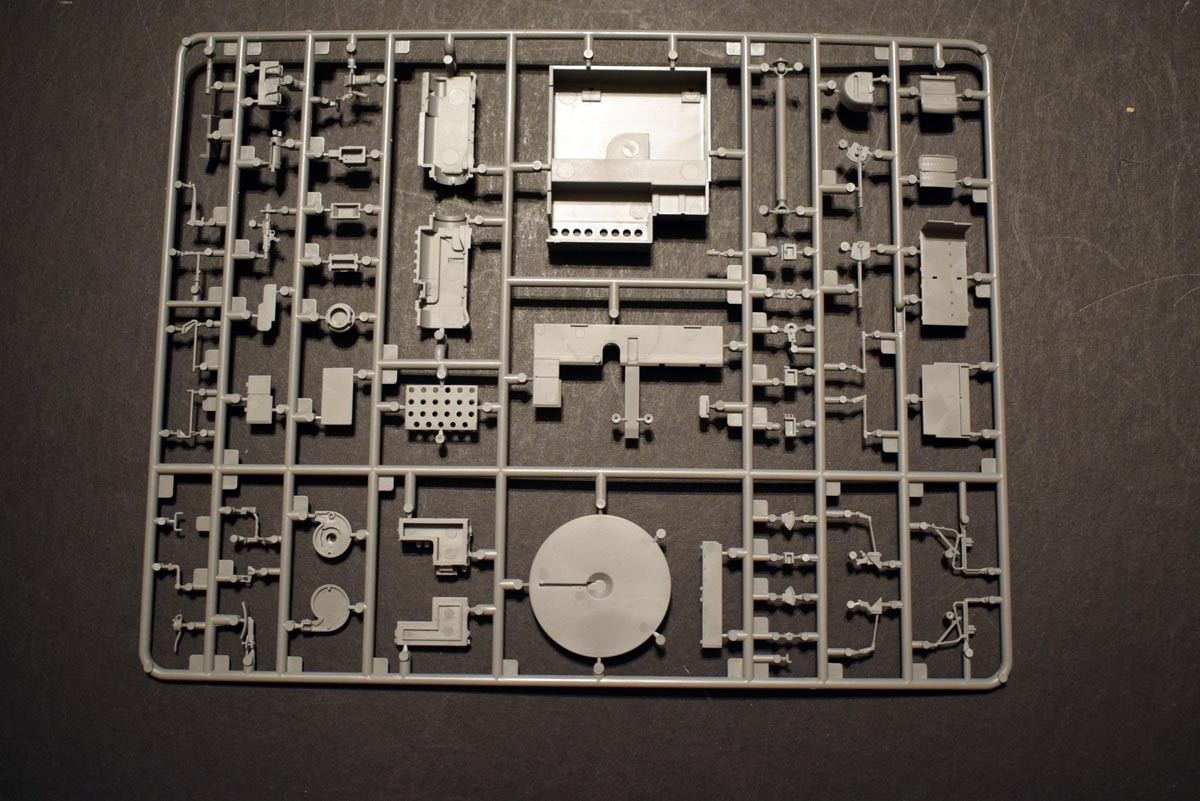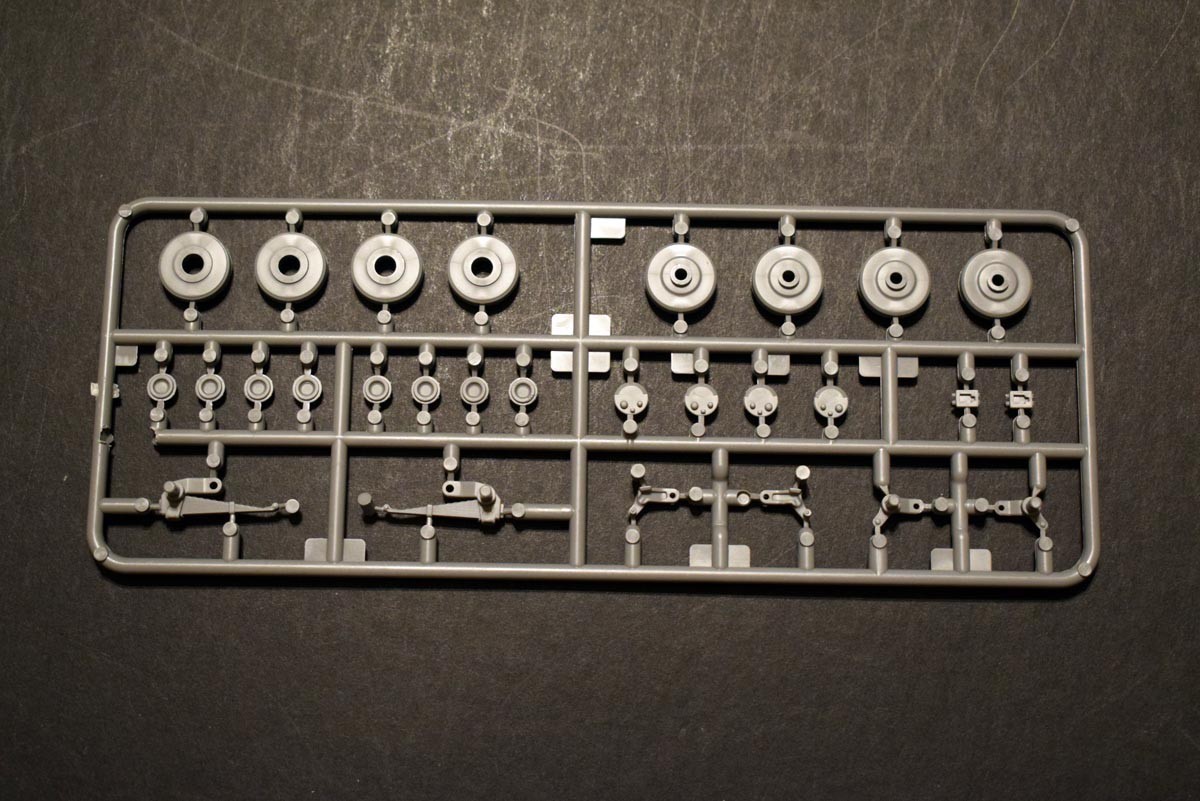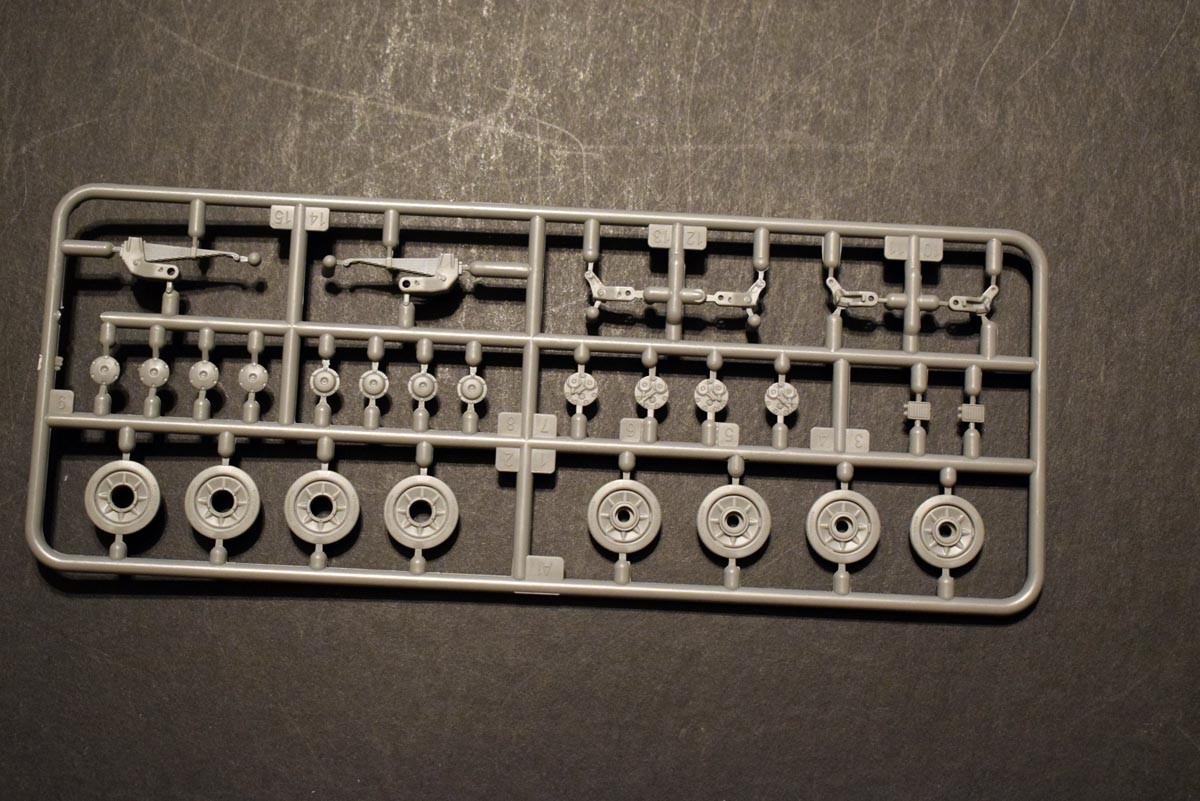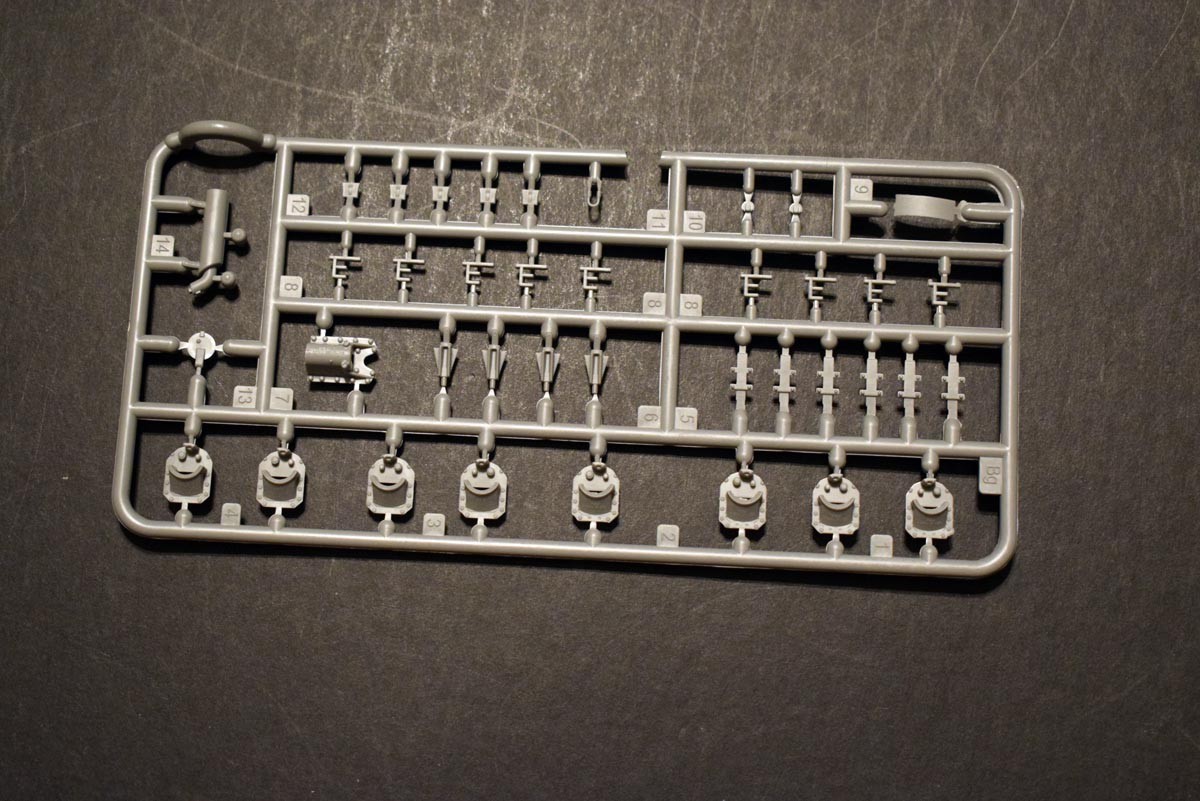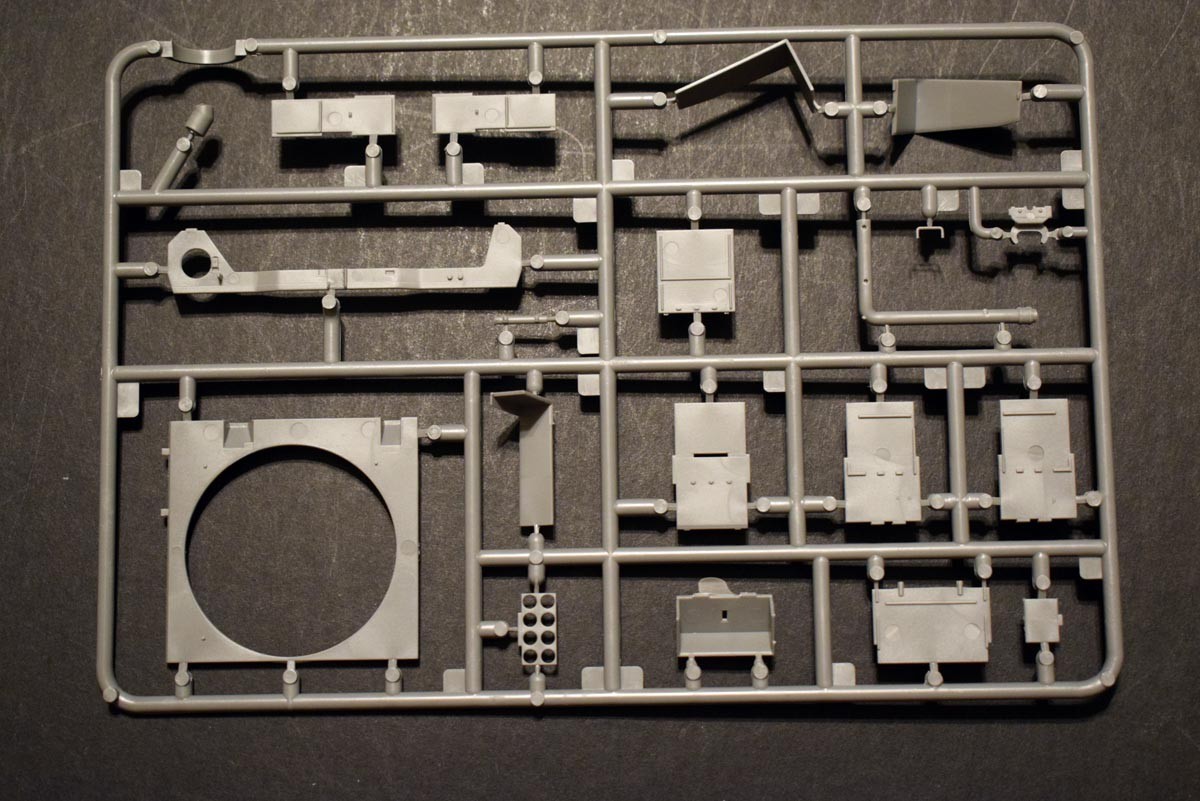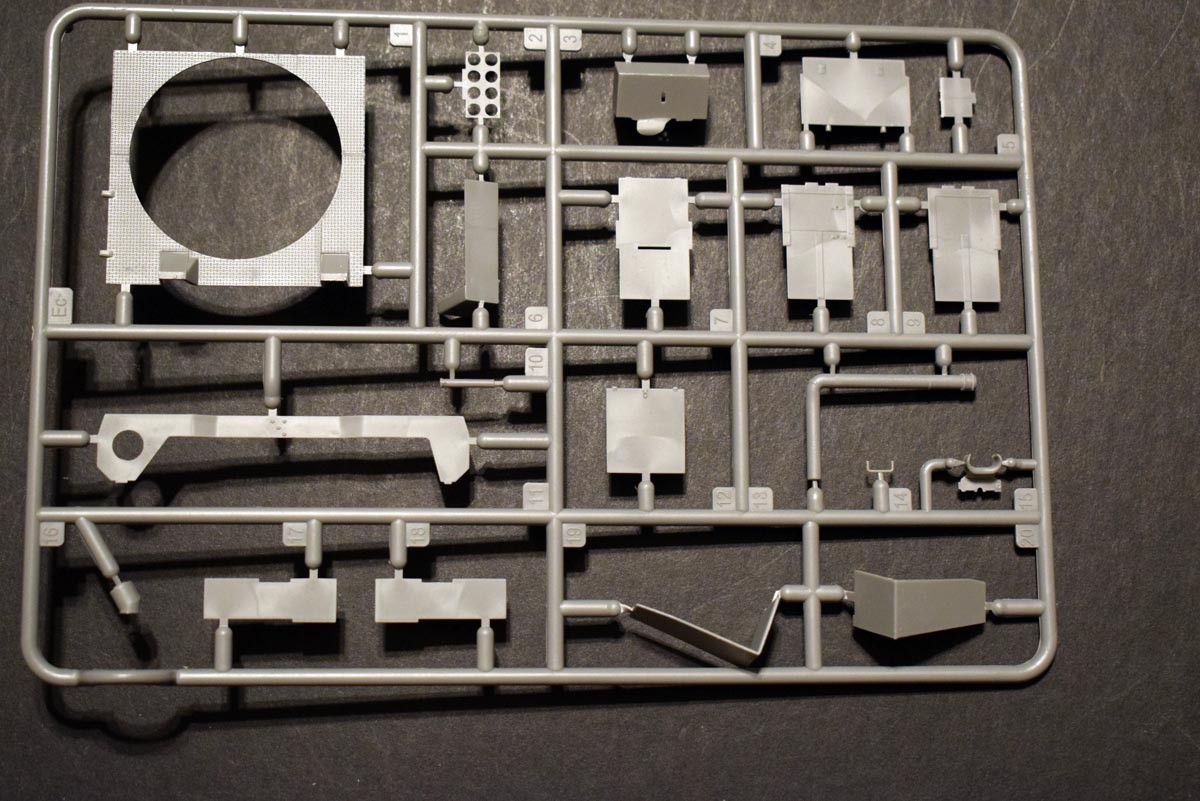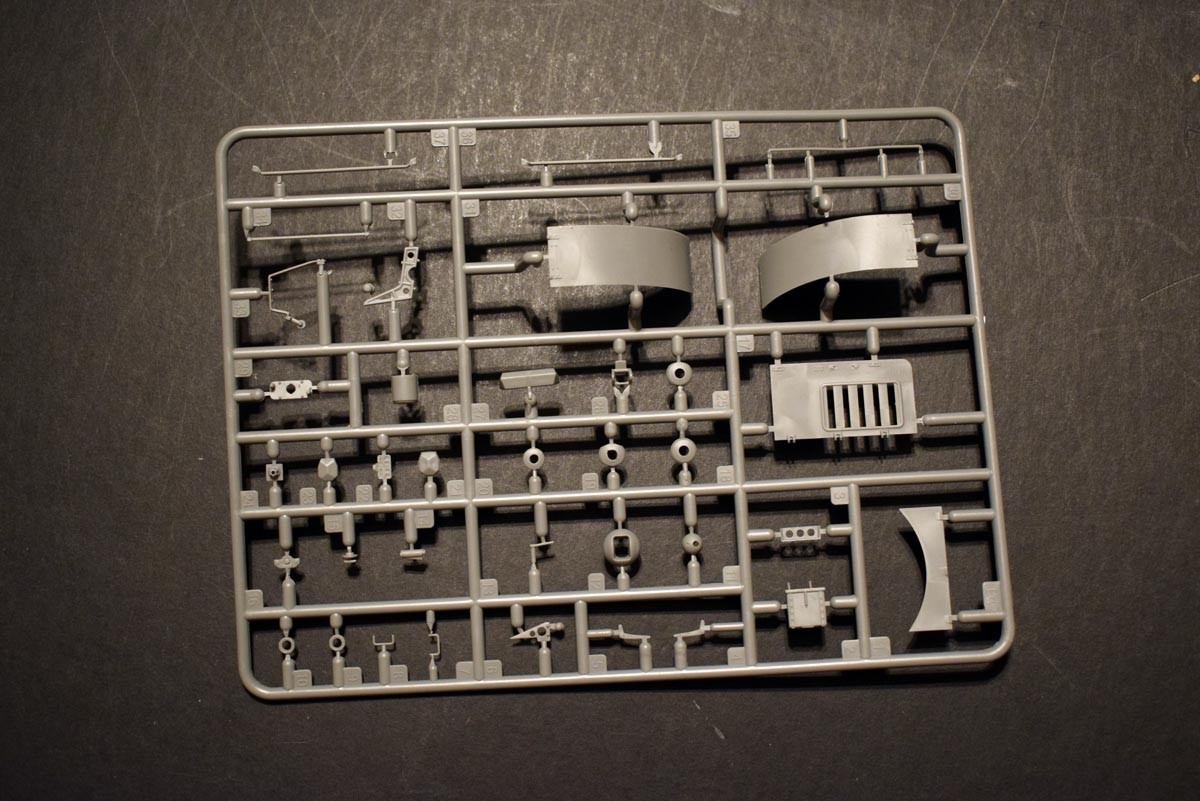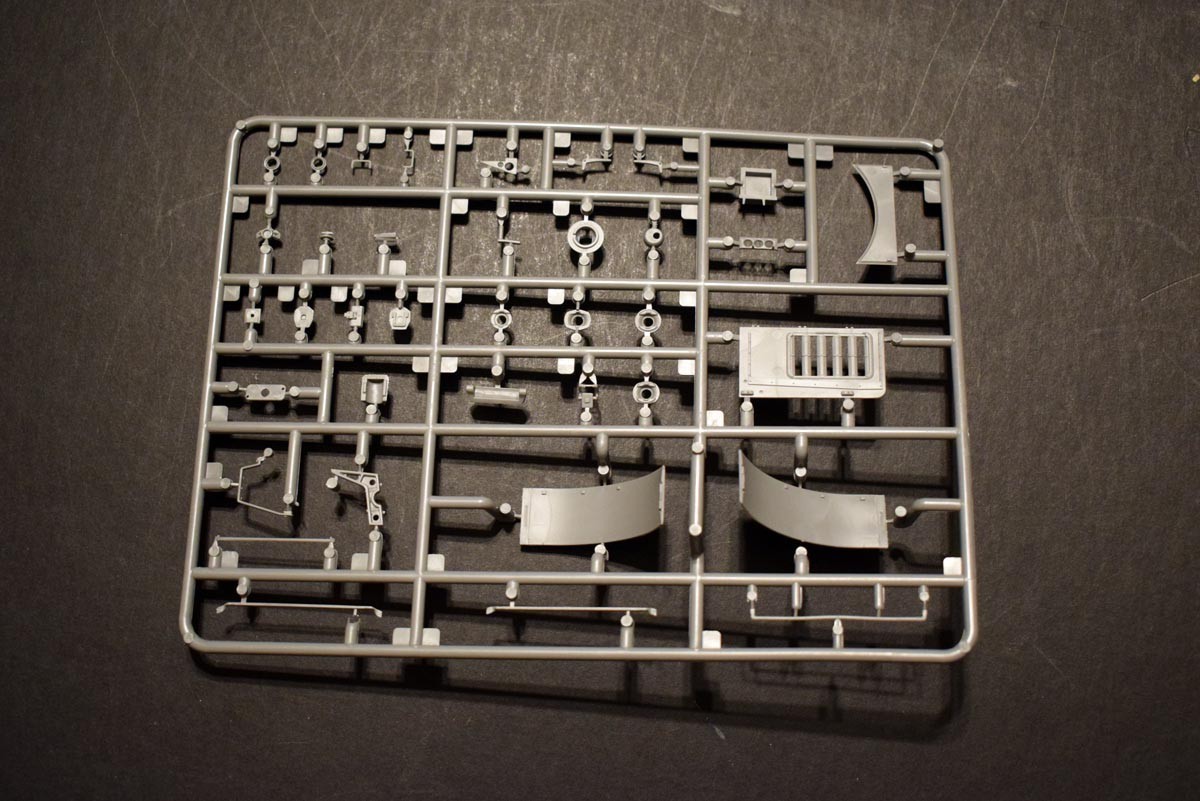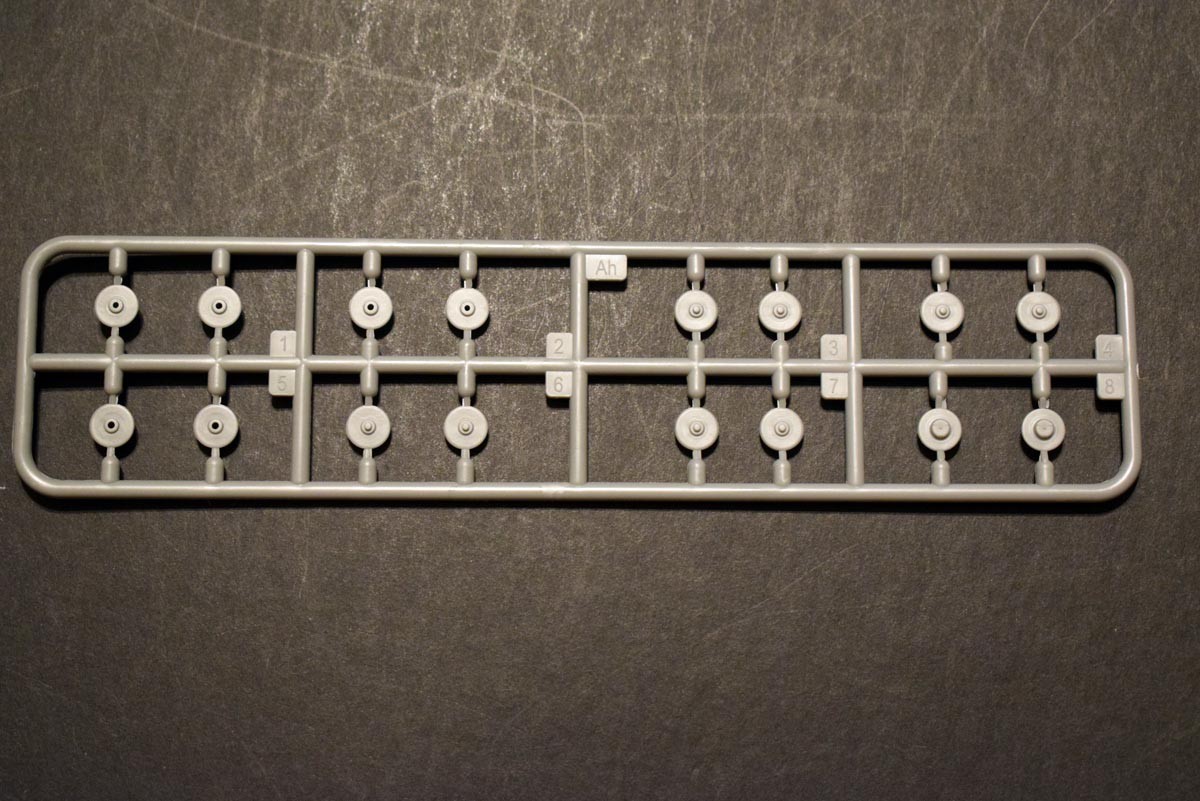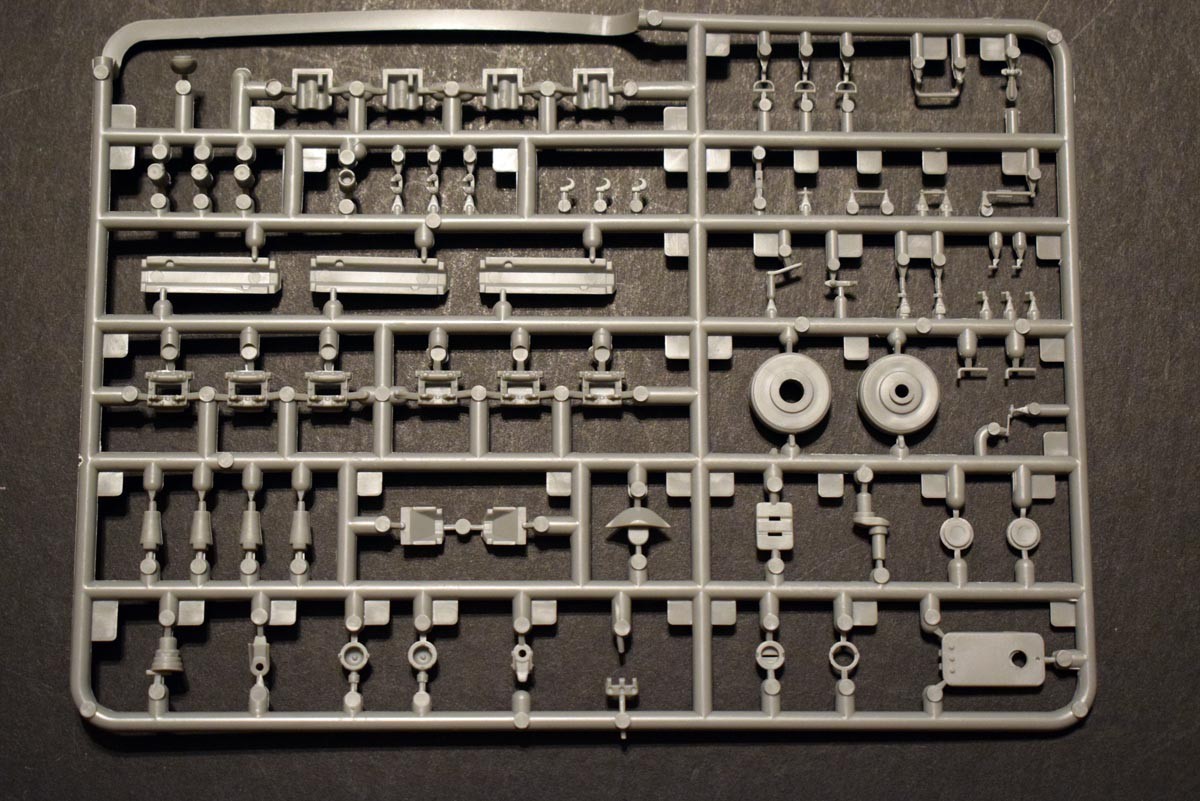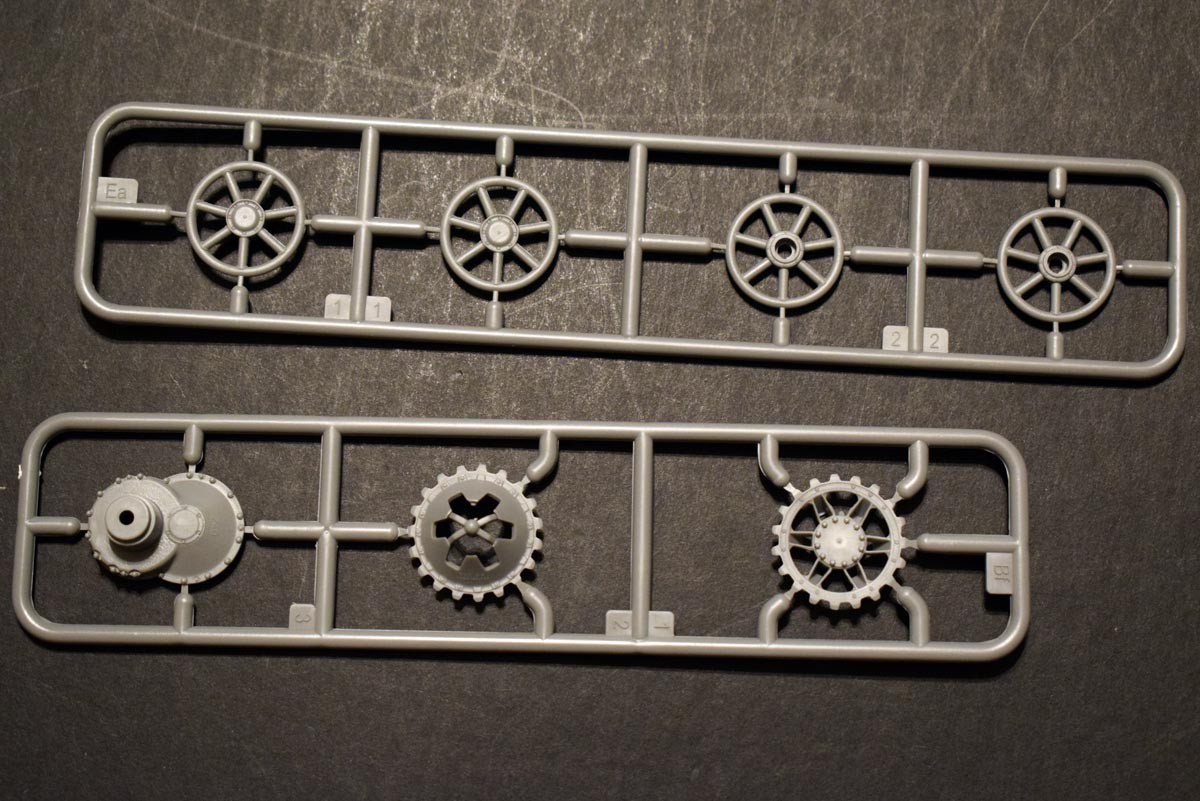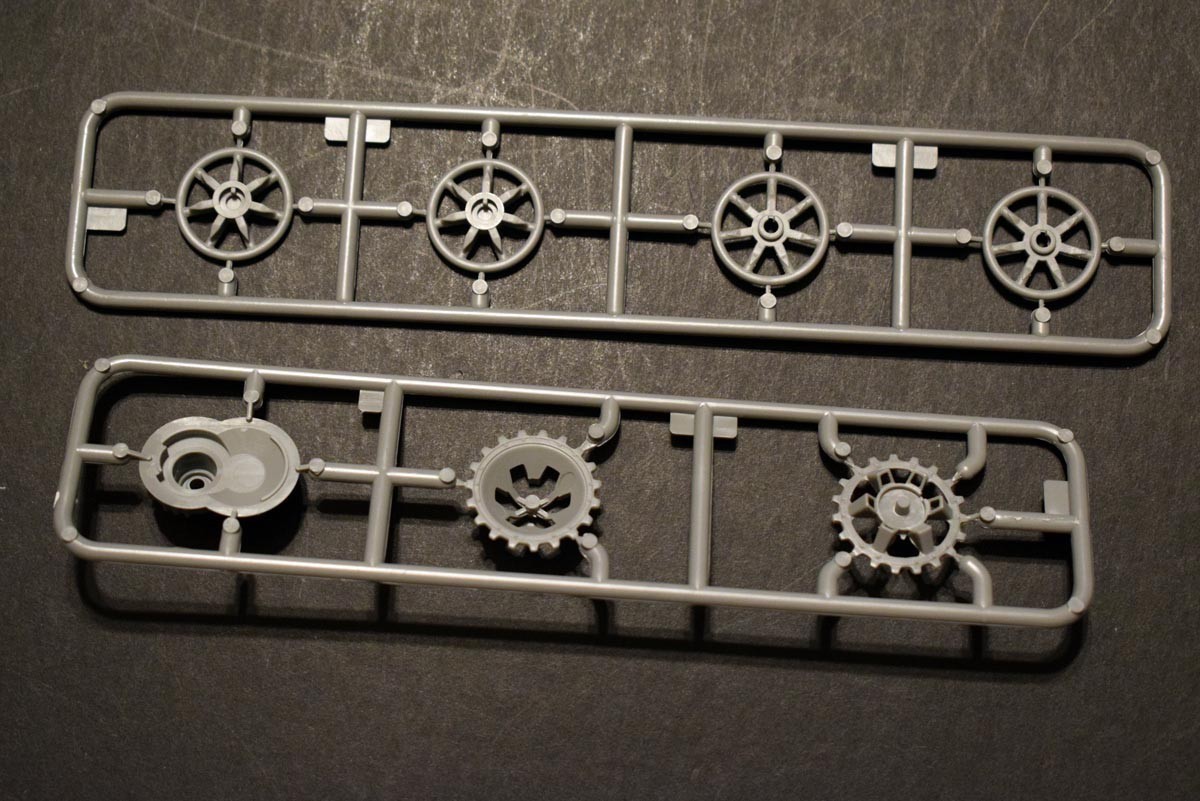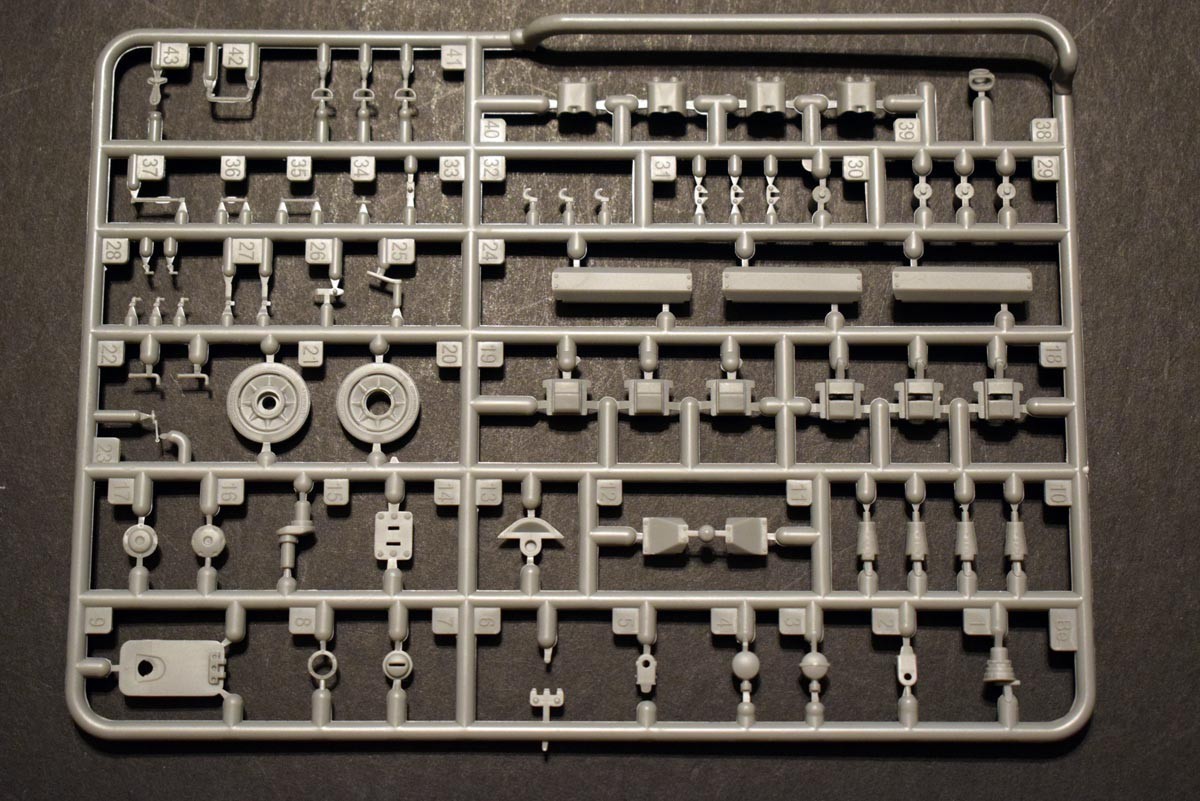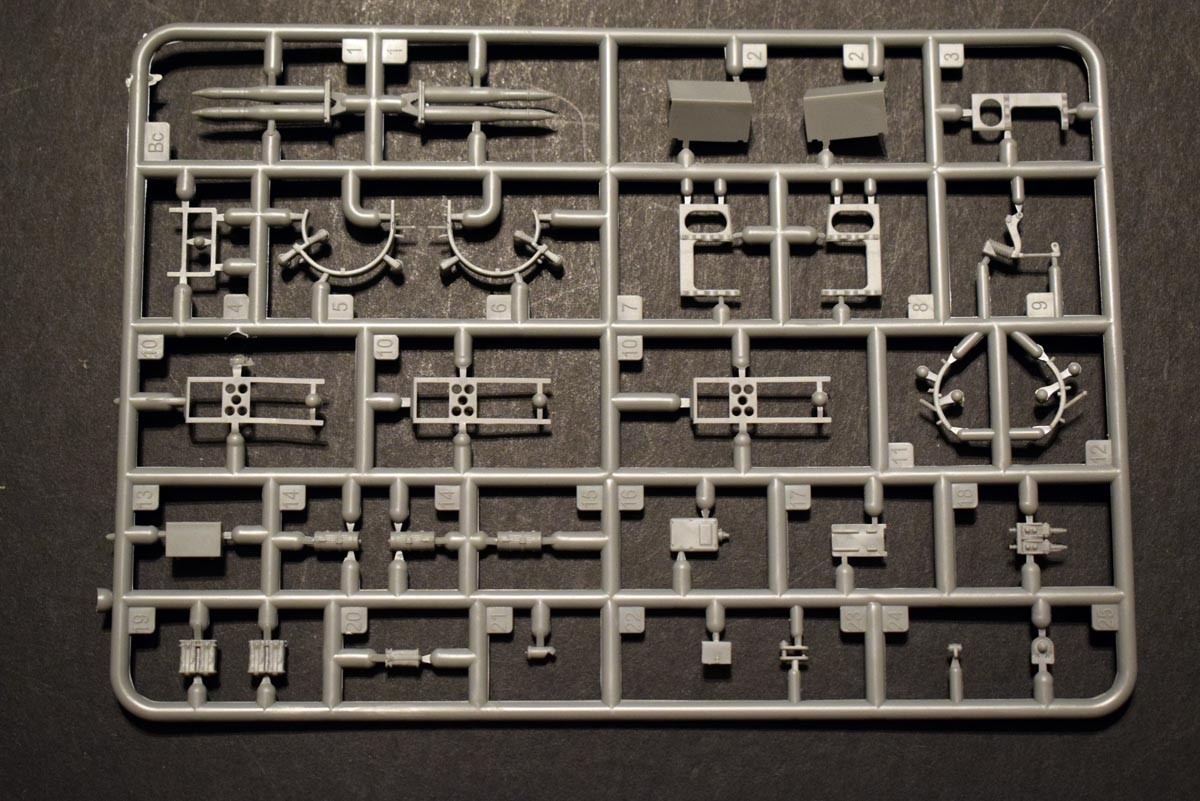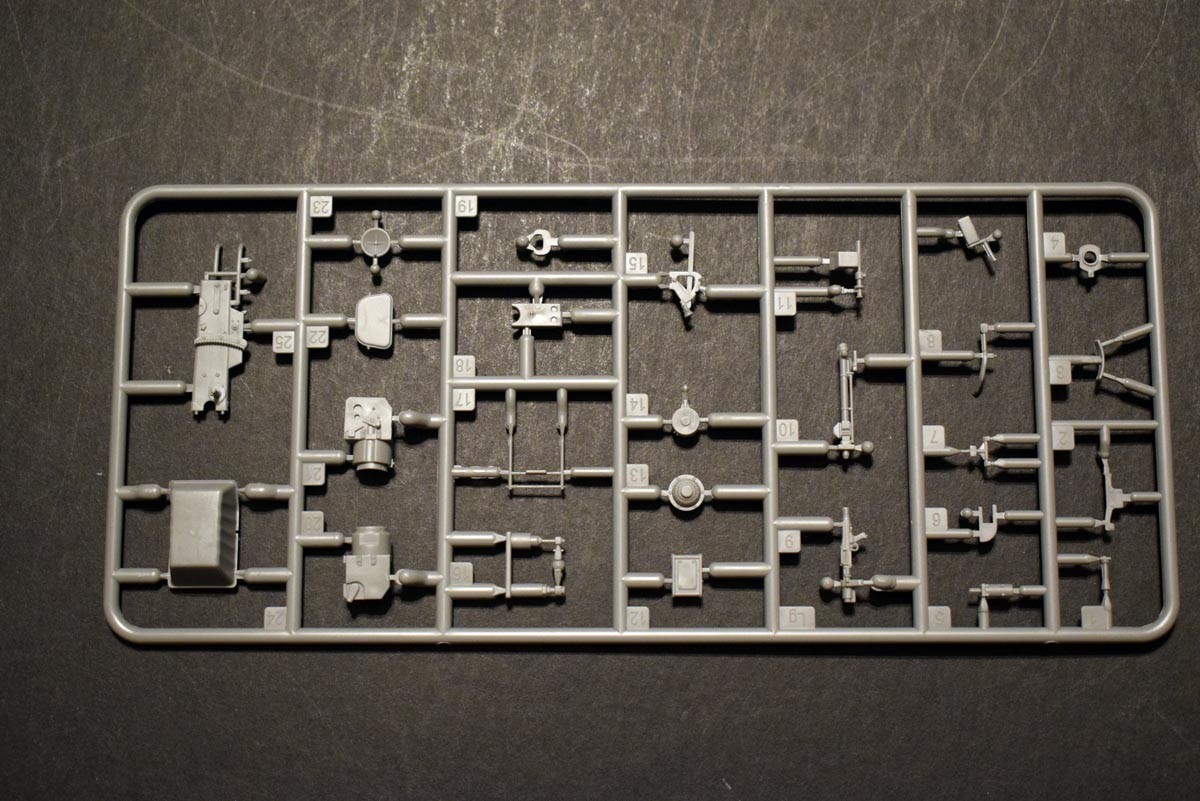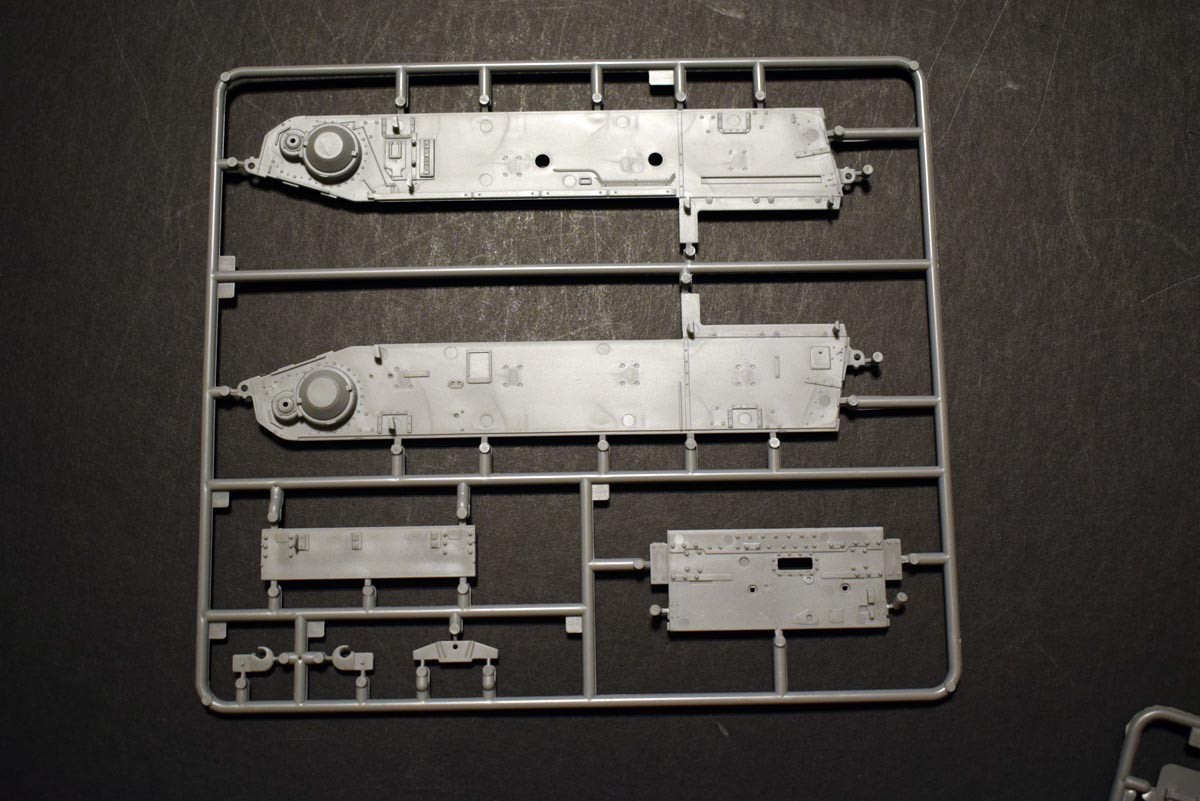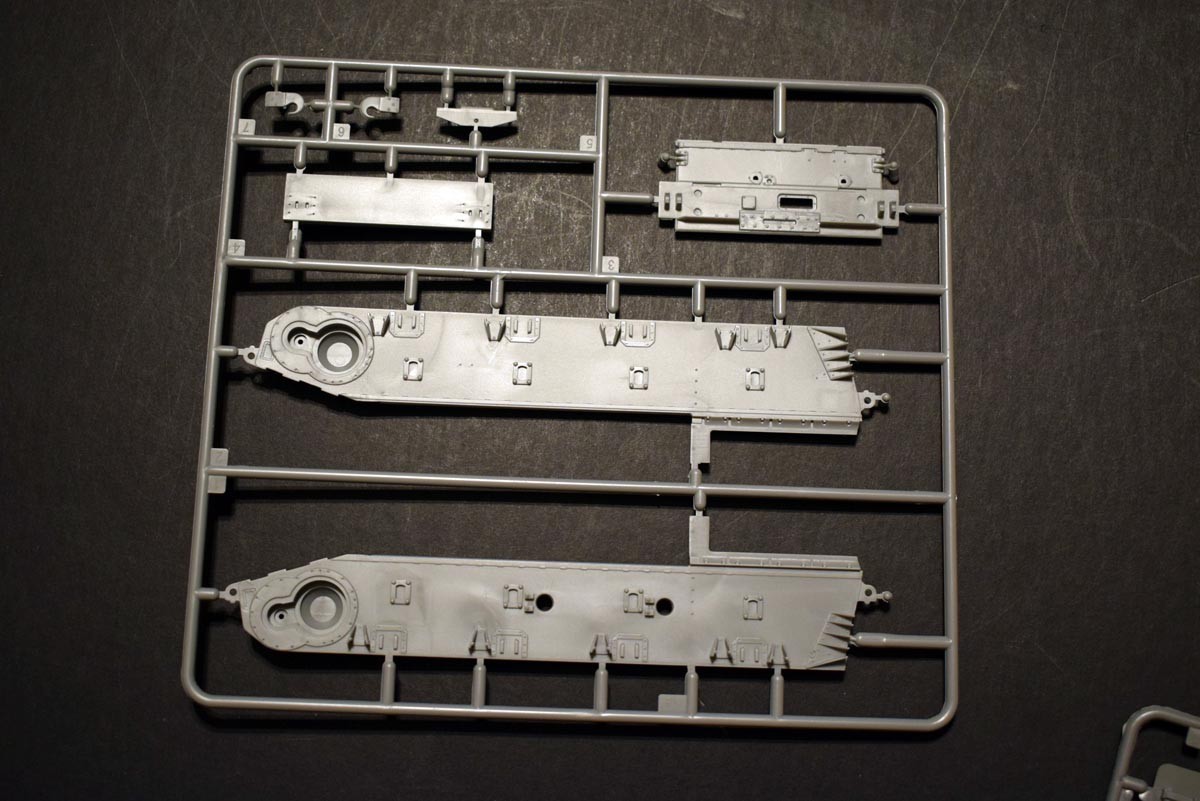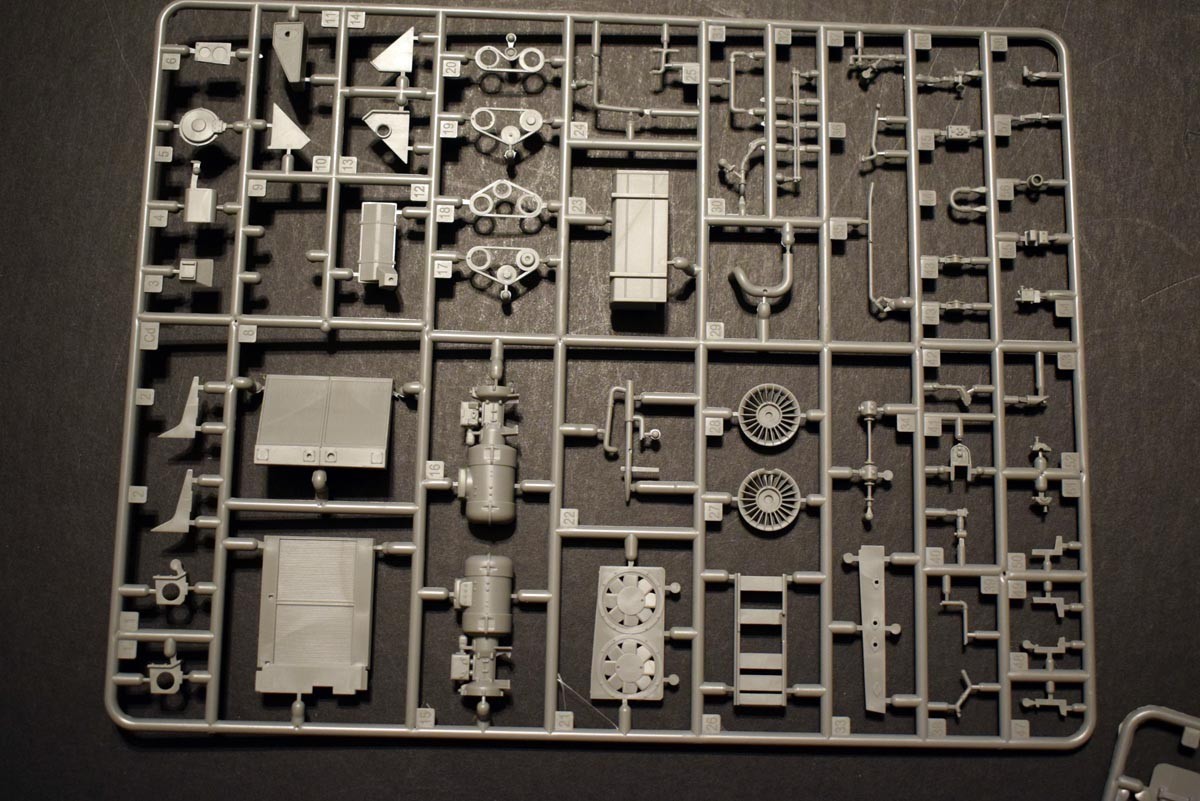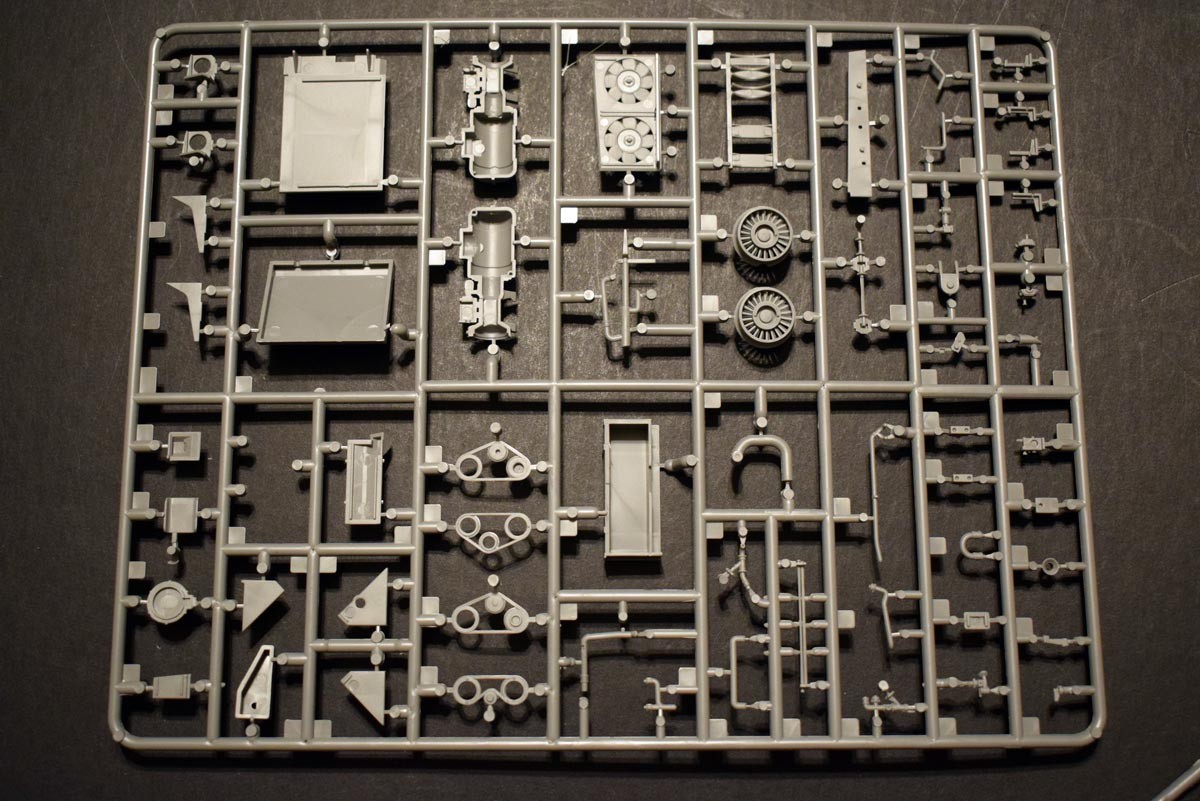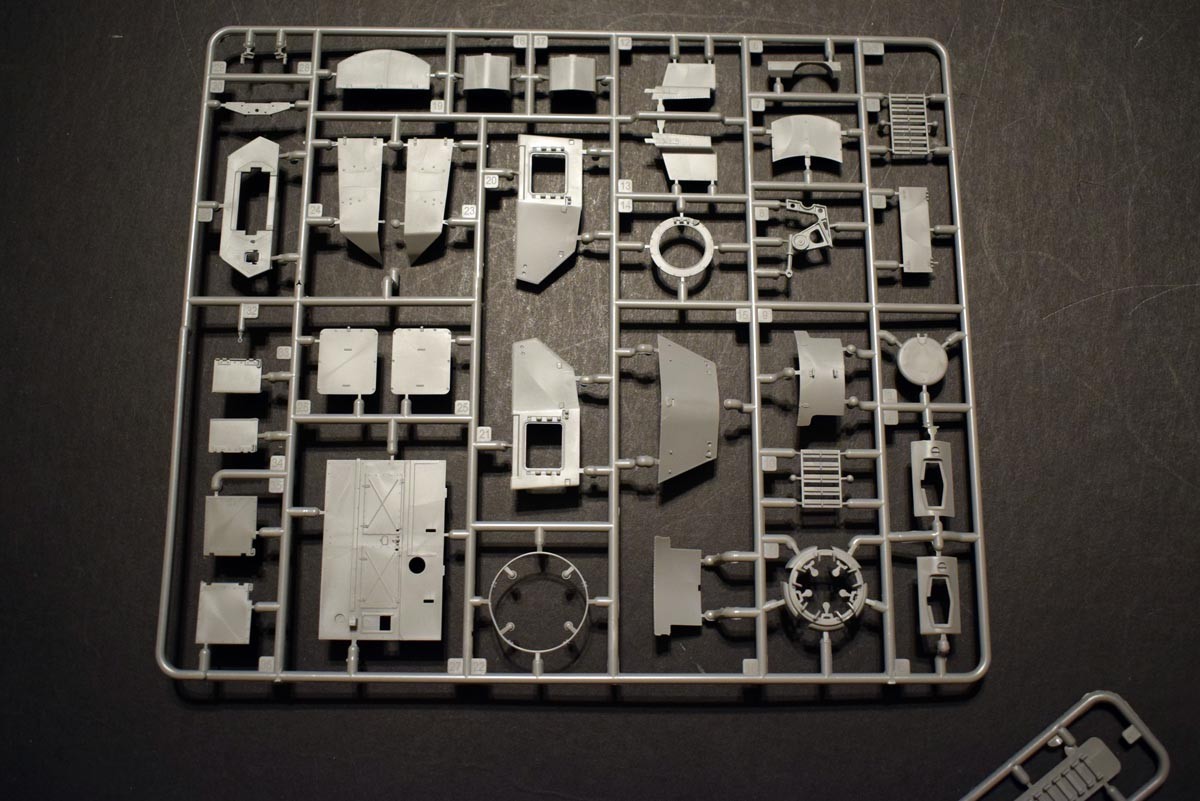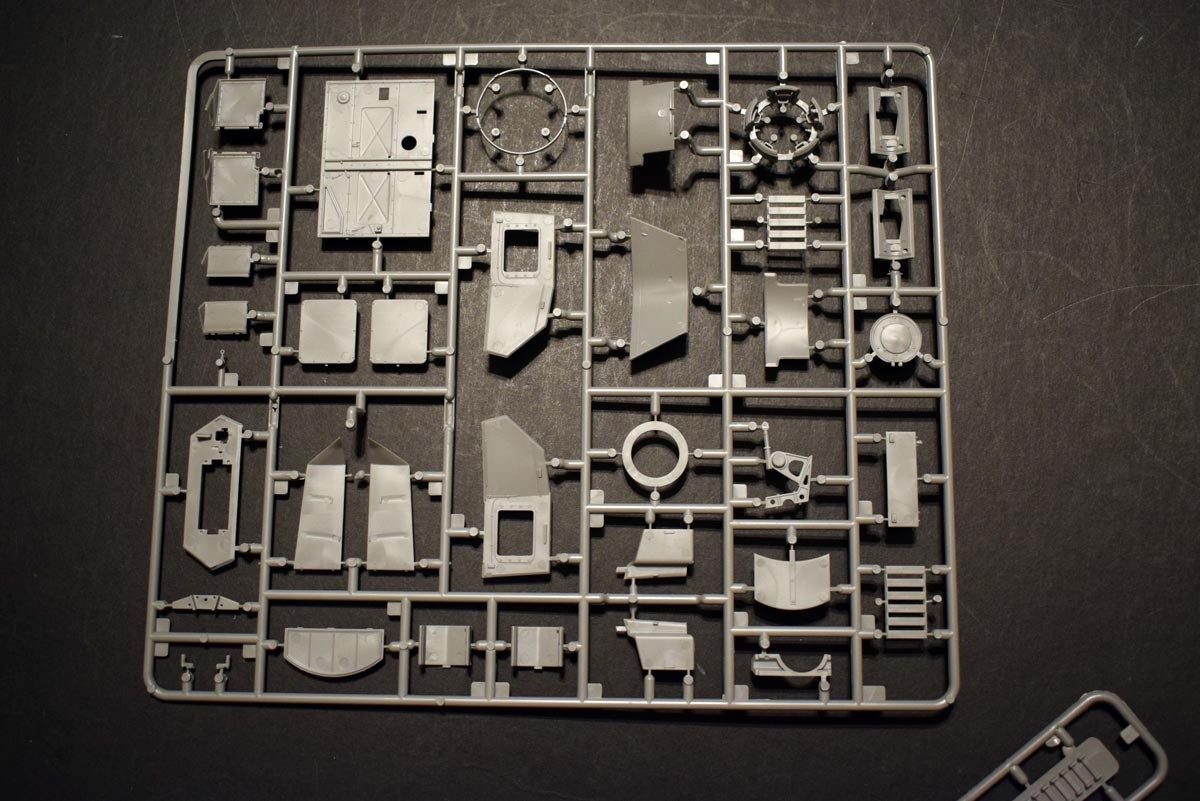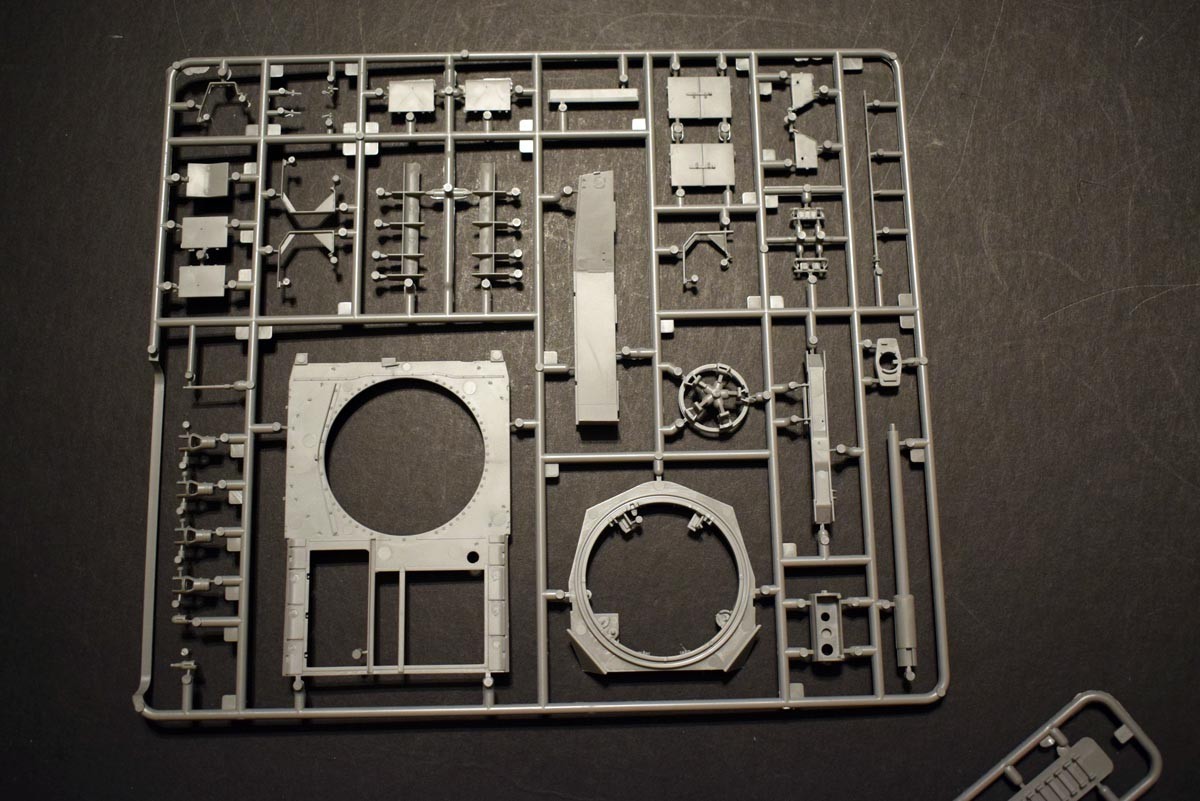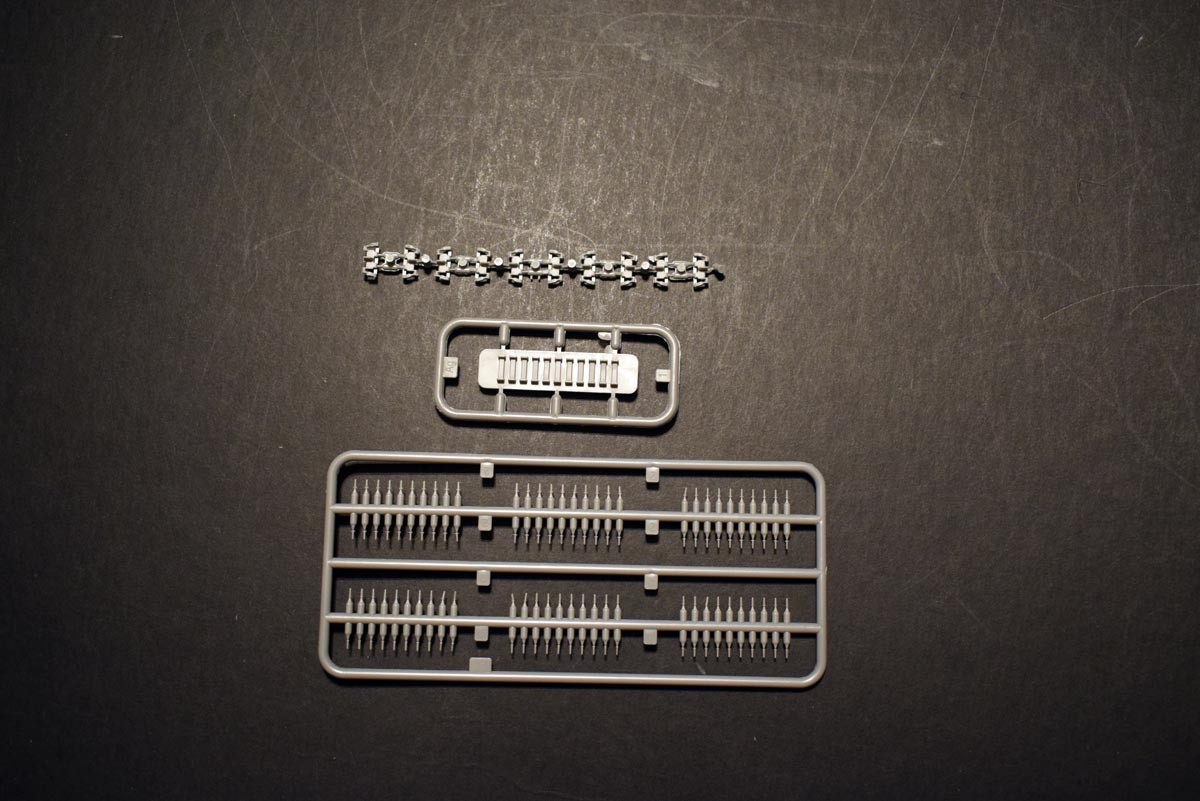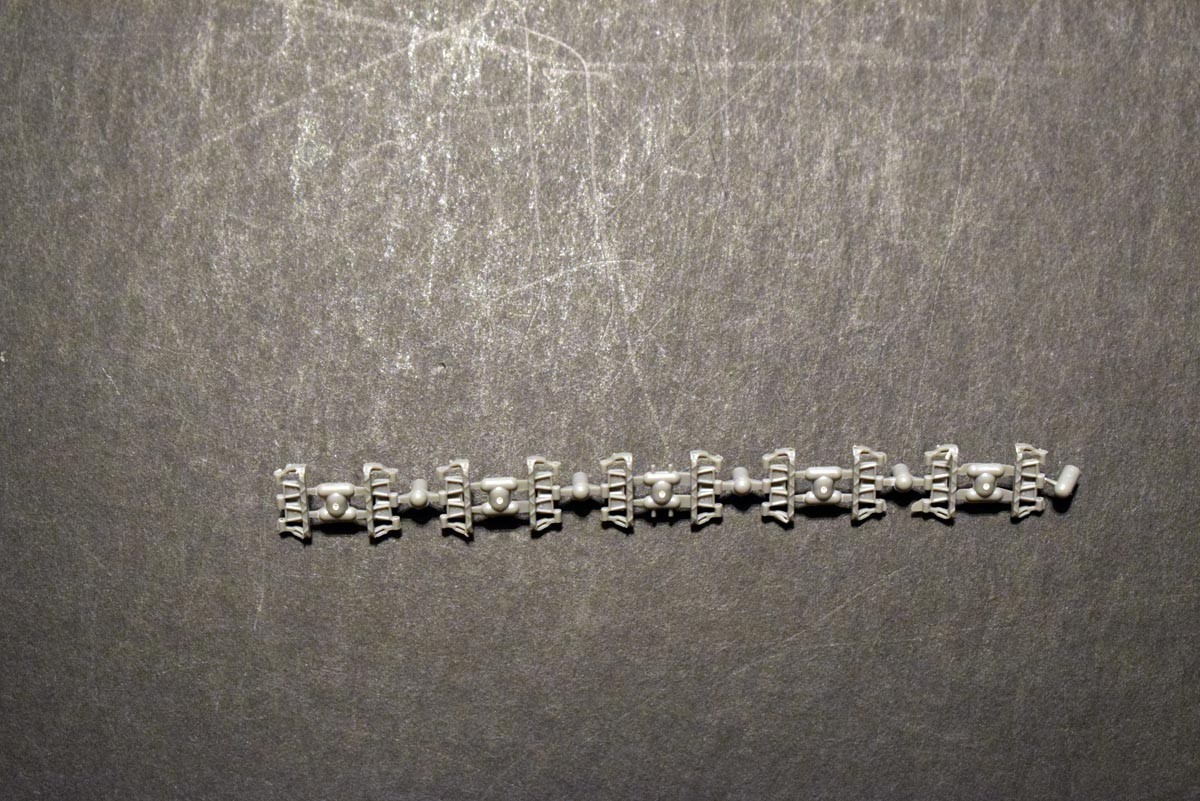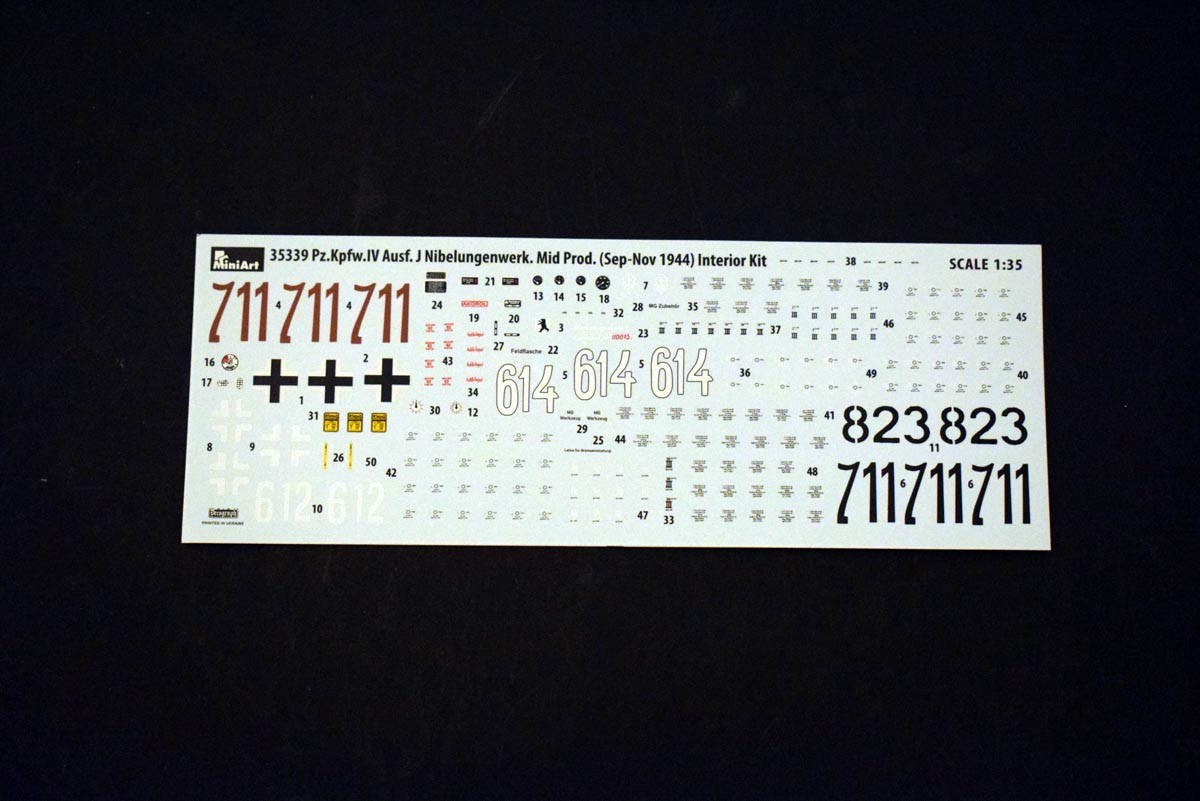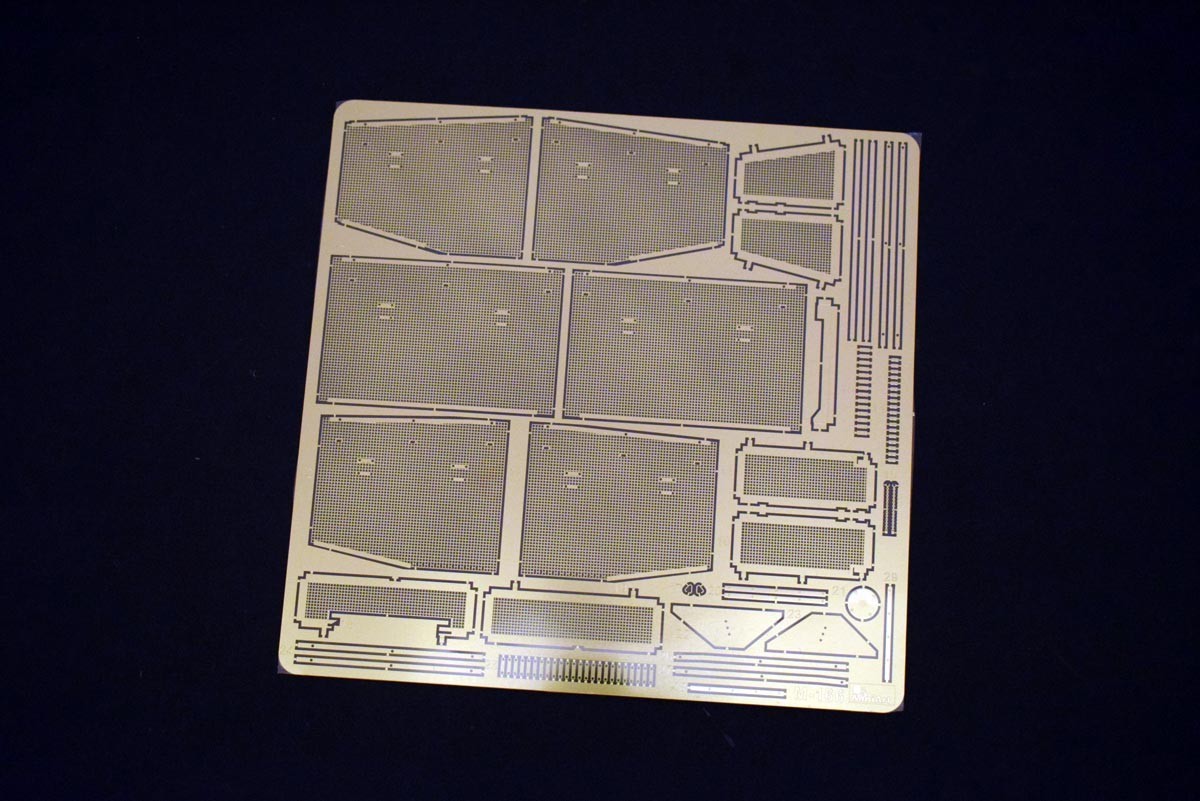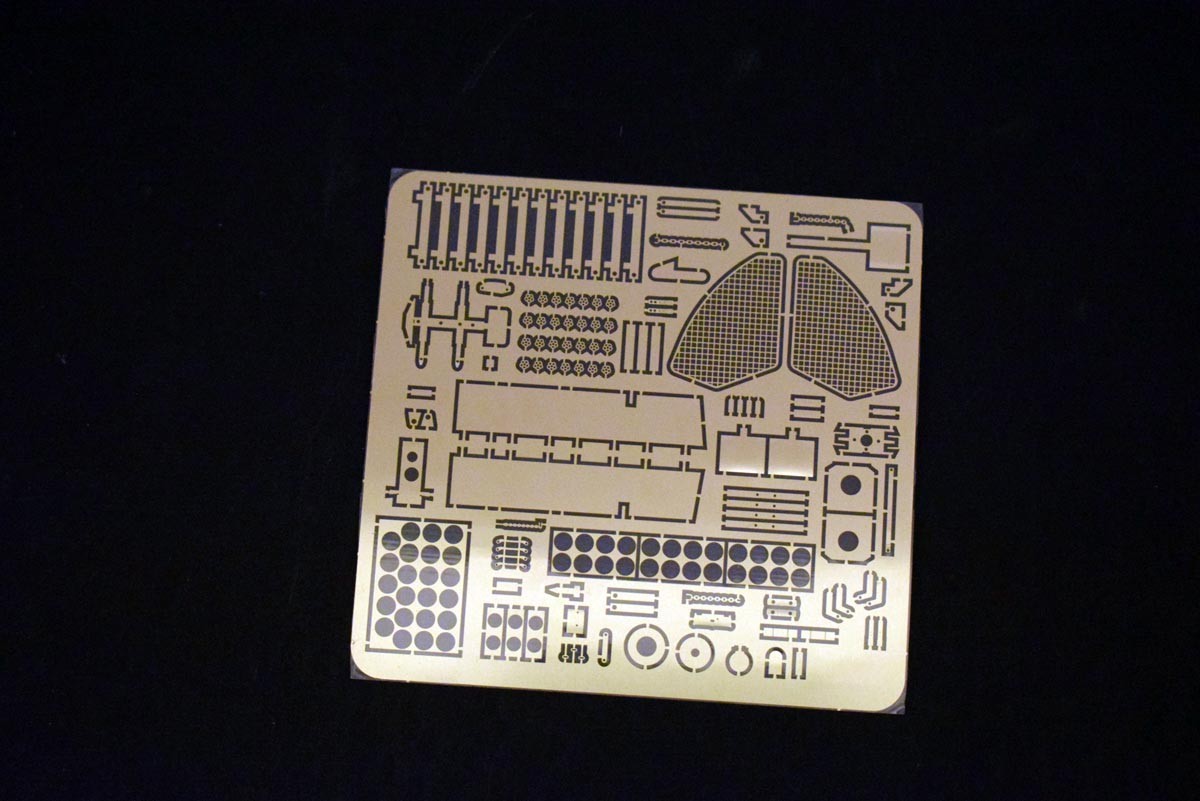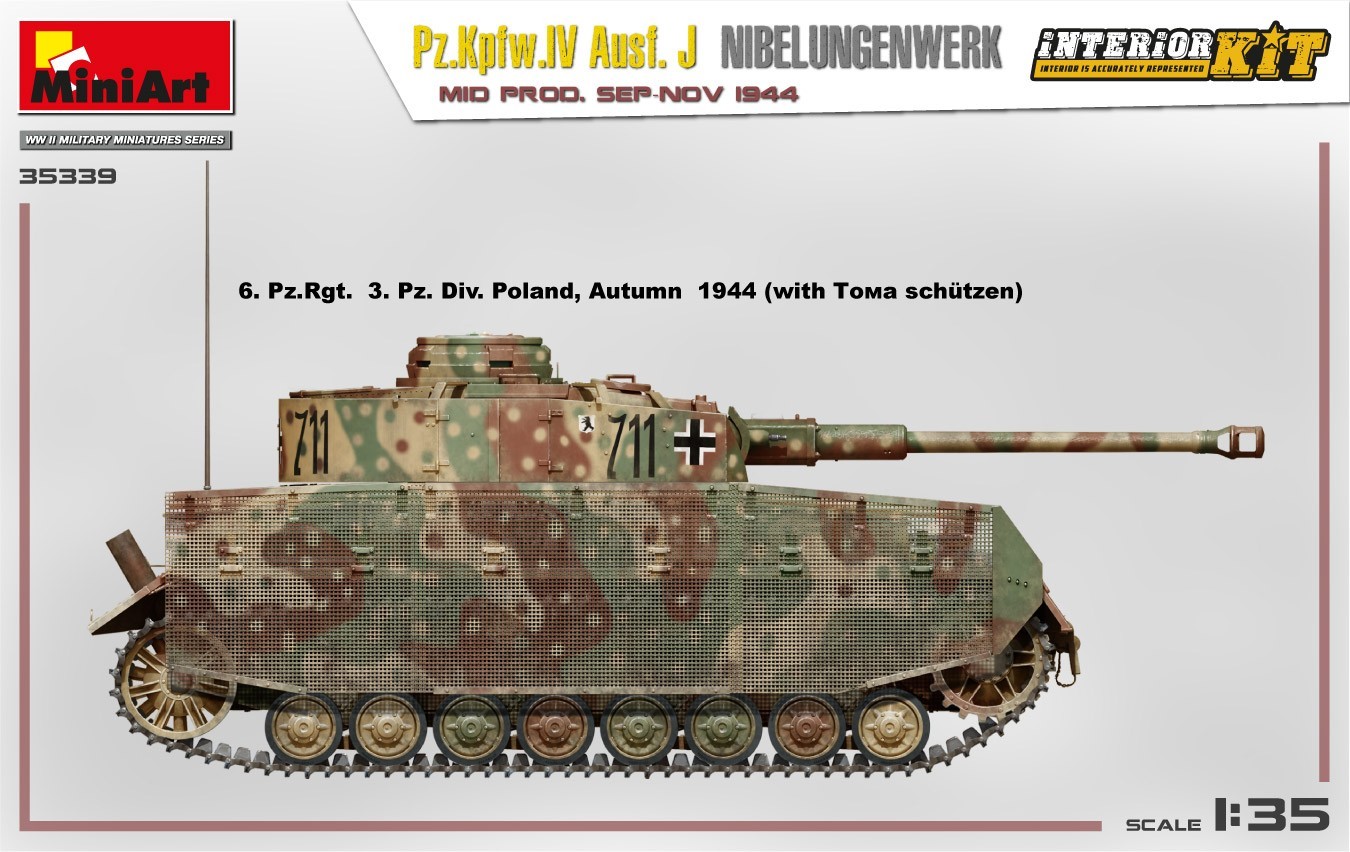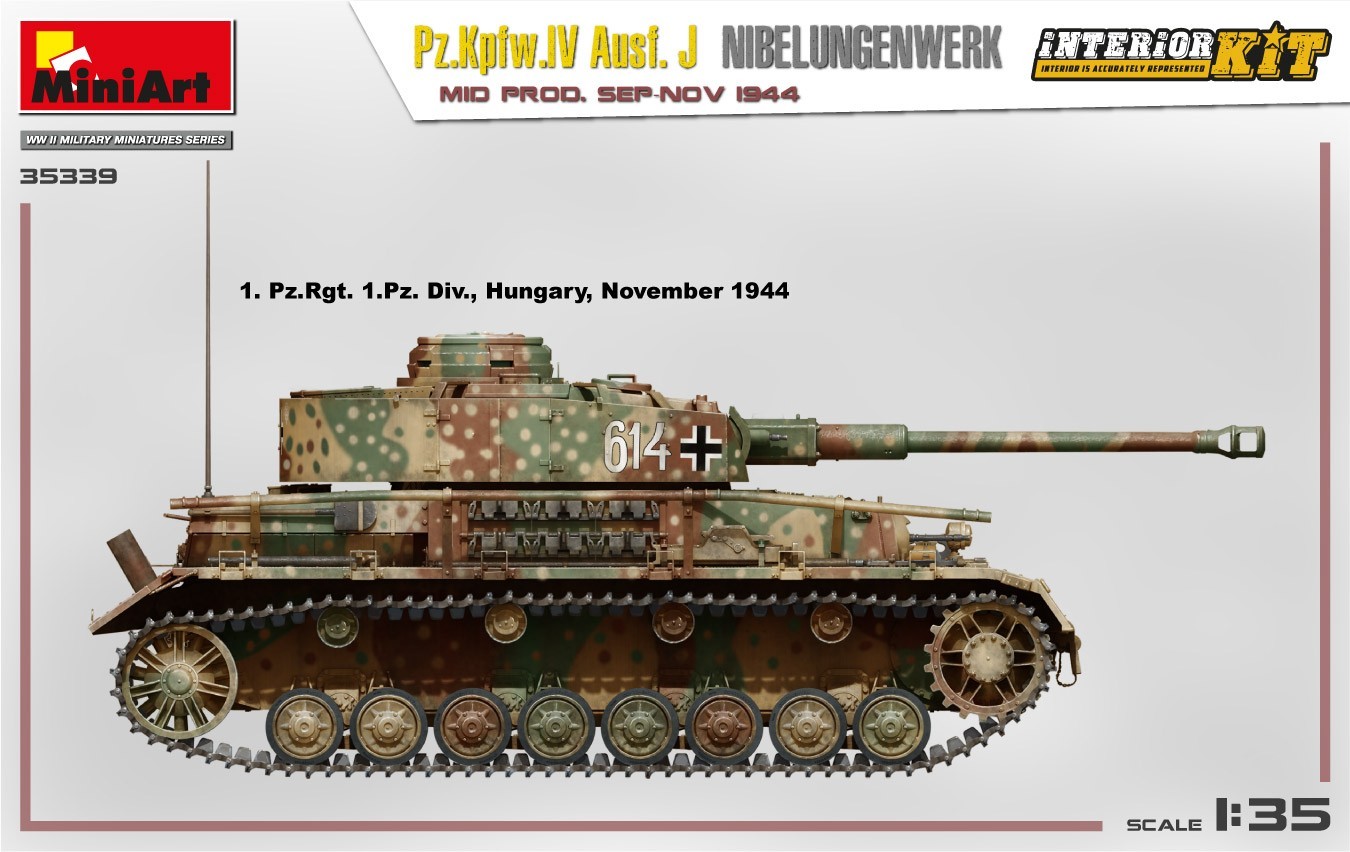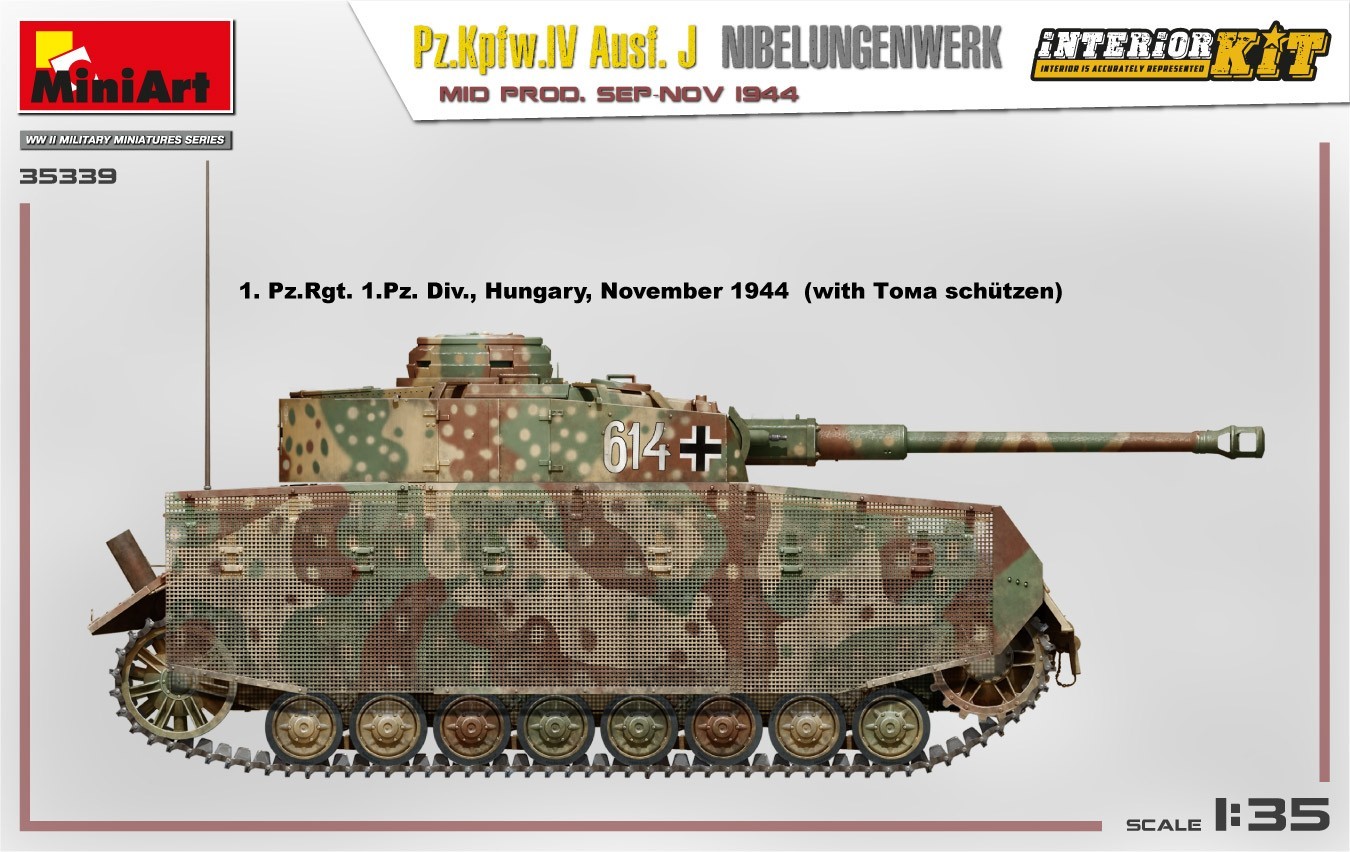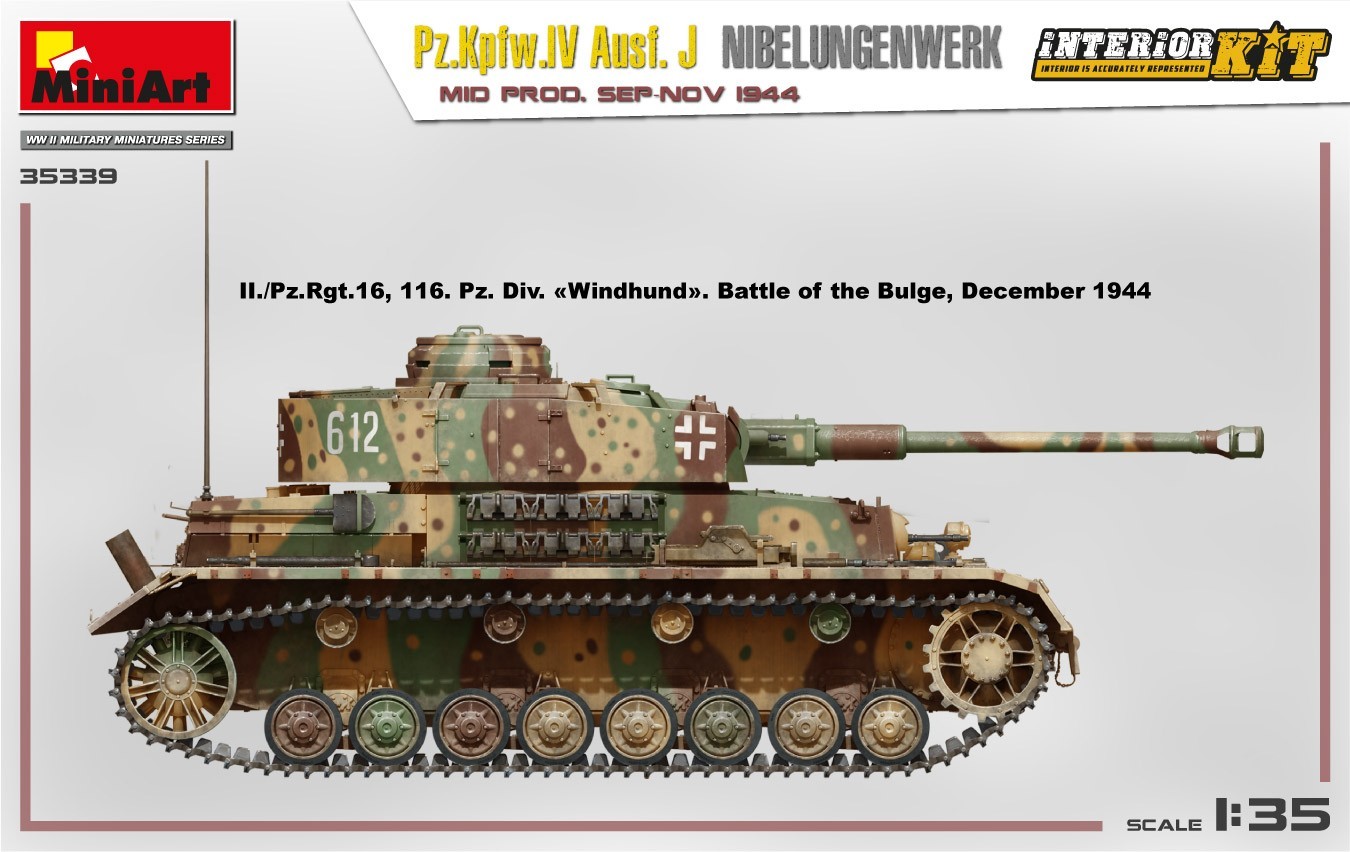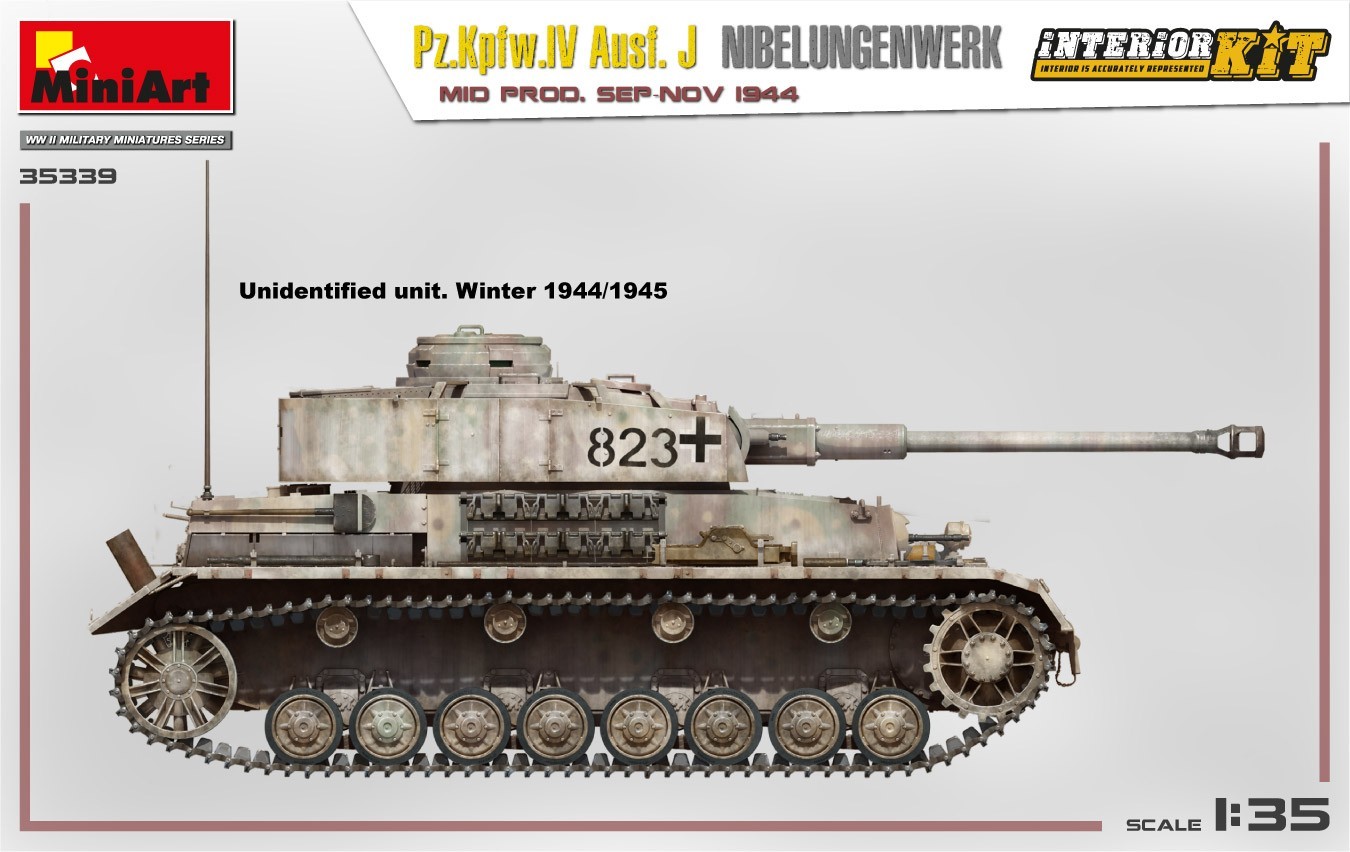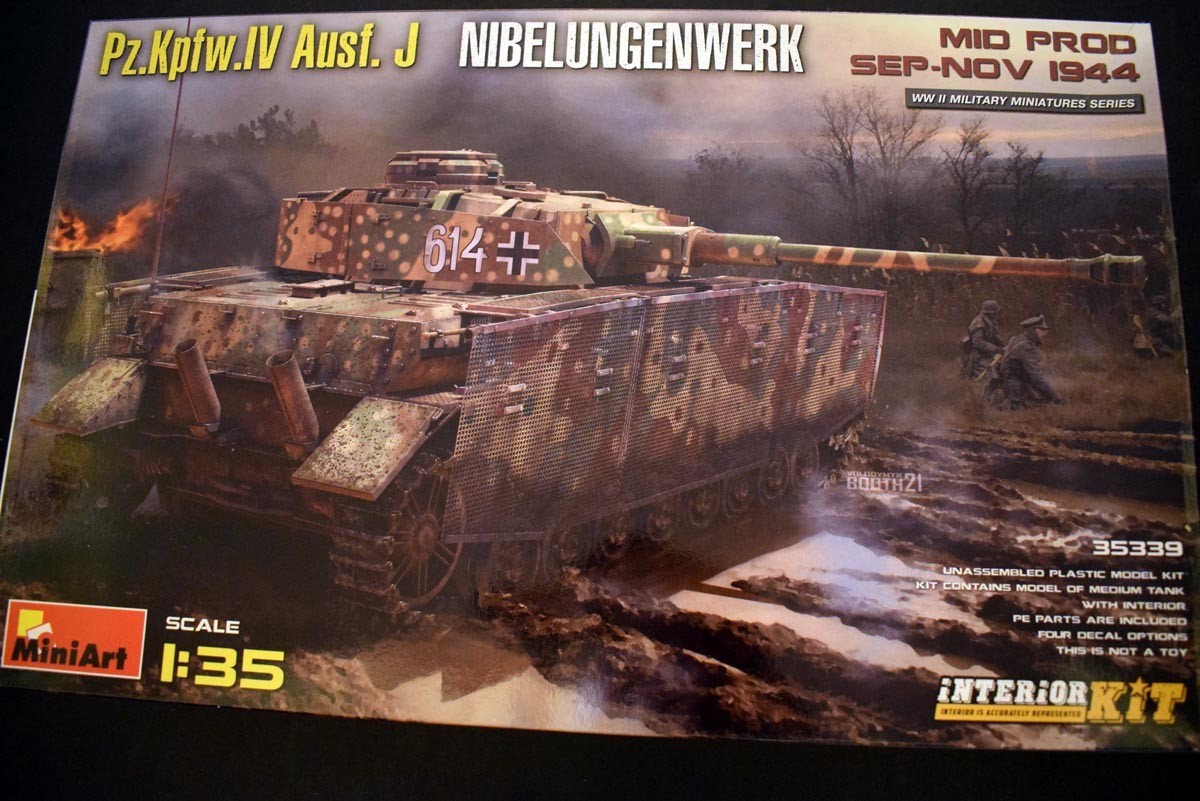
Introduction
This offering from MiniArt in 1/35th scale, is of a Panzer IV Ausf J produced in Nibelungenwerk which was the largest producer of German military hardware and depending on whose information you believe producing up to half of all tanks used by the German army. The tank in this release, being an Ausf. J variant, would be one of the last Panzer IV tanks, this one is listed as a mid-production from September to November 1944.
Review
This offering from MiniArt is one of their interior kits of the Panzer IV, and is provided in a cardboard tray with separate card lid, kit parts are packaged in a single plastic bag, with track links, clear parts and decal sheet packaged in two further bags inside, plus photo etch in its own card envelope. A substantial instruction booklet is provided loose.
In this review I am going to try a new format, where I will reduce the amount of written content in order that it makes for a shorter read.
The J variant of the Panzer Ausf. J, was simplified in many ways from a turret that was traversed by hand, more fuel stored within the vehicle, less ammunition and other minor alterations in order to reduce the weight of the vehicle, and the amount of resources required for its production. The interior of the tank includes a well replicated crew compartment, providing ammunition storage, transmission and the two crew member’s areas, the instrument panel being placed in between the driver and the radio operator/machine gunner. The fire wall between the engine compartment and crew compartment, as well as being accurate to the best of my knowledge, makes great supports for the lower hull sides that are provided separately.
The engine bay of the model is another well replicated aspect; this includes radiators, the engine itself with very well reproduced detail, a fuel tank. The engine will require some additional wiring and cables to bring it up to an exceptionally high standard, that I believe will satisfy everybody, regardless of their perfectionism. The exhaust on this engine is different to the style usually seen on the Panzer IV, having the flame suppressing exhaust mufflers, instead of the large cylindrical mufflers. Deck supports are provided with this release, which I am pleased to see.
The suspension units do have some functionality to them, in order to display the model on an uneven surface. This functionality is further enhanced, via the inclusion of individual track links which are workable. The detail on these is very pleasing, but I believe some alterations were made to the track links over the life time of the Panzer IV, and to my knowledge no changes have been made to the track links provided across the kits ranges. The wheels have a good level of detail including, Manufacture’s name on the rubber portion of the wheels.
The upper deck of the hull has been made up by a large number of panels, which will require careful assembly, but has allowed for a high level of detail to be provided. Hatches for both the engine bay, and front crew stations have all been provided separately and so can be shown in the position of the modellers choice. The air in-takes on the rear deck can also be shown open or closed, depending on displaying in a cold or warm weather environment. Tow cables, will need to be sourced by the modeller, but the eyes have been provided for the cable of your choice. Tools and equipment such as fire extinguishers, and jack have been provided clean, with separate non-workable clamps and catches. One of the key identifiers for this Panzer IV, is the lack of the muffler on the rear hull of the tank, which would have been part of the generator system for the turret traverse - which is no longer present. By this point of the war, application of Zimmerit had been ceased, and so that is one problem out of the way for the modeller. Mesh armoured Schürzen is provided, but for the effect it had, it was more a psychological boost than as protection against in coming fire - that said being produced in photo etch form, with all the needed brackets, make for a pleasing aspect of the model.
The turret of the model is quite a busy area with good detail of the breech of the gun and crew positions, plus the tray for spent rounds. Despite no longer being powered, the rotational floor basket was still provided. My only real concern about all this wonderful detail inside the turret, is the difficulty in seeing that particularly nice detail. The roof and side hatches of the turret have been provided separately, and so can be shown open or closed which gives a partial view into the interior. Pistol ports that had previously been present on Panzer IV turrets are no longer present, and that detail is correctly missing in this kit. The Commander’s Cupola is nicely replicated along with clear periscope lenses. However, the hatch provided is only accurate for a tank produced from October 1944. This is because it has a lift and rotate hatch cover, where as previously it would have been two hatch doors that opened from the centre.
Moving to the outside of the turret, you have a single piece barrel, which reduces the amount of clean up required. The muzzle brake has been provided with four options which I can best describe as the design utilised by Dragon in their kits. The turret storage bin can have its lid open or closed. The external armoured ring has been well replicated and that includes extra panels that sit either side of the turret bin, allowing for extra storage. The doors built into the armour can be assembled open or closed.
The finishing options are provided for six vehicles, which are as follows:
6th Panzer Regiment, 3rd Panzer Division, Poland, Autumn 1944
6th Panzer Regiment, 3rd Panzer Division, Poland, Autumn 1944 (with Toma Schürzen)
1st Panzer Regiment, 1st Panzer Division, Hungry, November 1944
1st Panzer Regiment, 1st Panzer Division, Hungry, November 1944 (with Toma Schürzen)
2nd Panzer Regiment 16, 116 Panzer Division (Windhund), Battle of the Bulge, December 1944
Unidentified Unit, Winter 1944/1945
I will mention here, that the wire mesh skirts could be attached to enable the fitting of Ostketten tracks, as typically used on the Eastern front, and that gives the Panzer IV a particularly pleasing finish should you take that route.
Conclusion
This release from MiniArt of a Panzer IV Ausf J, offers a very pleasing and by and large model of a vehicle produced between November and December 1944. The only in-accuracy I am able to find is the lack of a split Commanders hatch, which would have been used prior to October that year. In all other respects the result is a pleasing, accurate and well designed model, that I feel will meet the requirements of any modeller, regardless of their requirements or expectations.

